Koh Lanta is located on the western coast of Southern Thailand - across the bay from the more famous Phuket and Phi Phi islands (pronounced Pee Pee!). We originally planned to go to Phi Phi, but after reading about the island and talking to several travelers, we learned that it was mainly a party island, which we would have appreciated more about ten years ago! On Phi Phi, if you don't stay at one of the more upscale resorts, you'd be stuck in close proximity with lots of hard partying college kids. We were looking for something a little more laid back.
Koh Lanta was the answer. It's a long, thin island with one main road and beautiful beaches along the west coast. Most of the accommodations are locally-owned, usually situated right on the beach or across the street from the beach. One nice thing about the island is that you can simply walk down the beach to find restaurants, bars, massages and little shops, right there nestled in the sand. The crowd is a mixed bag of friendly people - young families, backpackers, couples, singles, retirees, expats and locals.
Koh Lanta is just off the mainland and can be reached via car ferry (about an hour and a half drive from Krabi Airport) or by taking a boat over from Phuket/Phi Phi. We rented a truck from the Krabi Airport and drove about 2 hours to the island. It's an easy drive, but you have to take two very short car ferries to get to the southern island of Koh Lanta.
Here is our breakdown of the major areas on Koh Lanta:
Klong Dao Beach
This is the first beach you reach after heading across on the ferry, and the most developed part of the island (which is relative, as the whole island is very low-key). There are lots of couples and young families scattered about this area - particularly Swedish people - but the beach never felt crowded. Of all the beaches in Koh Lanta, this one probably has the most bars and restaurants right along the beachfront. The water is great for swimming but not quite as clear as it is farther south, owing to the fact that the tides and waves are slightly stronger, which stirs up the sand. We preferred staying on this beach because it offered more selection in terms of activities and restaurants. We could walk to the yoga studio, convenience store and our favorite bar and restaurant without having to leave the beach. Plus, there are more people on this beach which is nice for making friends & people watching.
This is the next beach south of Klong Dao and it's probably the prettiest beach by day. The water is clear and the sand is white, which makes it great for swimming. It's far less populated than Klong Dao so at times, we felt like we had the place to ourselves. At night there are a few areas that are happening but it's pretty quiet overall. Plus Klong Dao is a short drive/walk away so you can always head up there if you want a little more nightlife.
We didn't spent a lot of time at these beaches but we heard good things from fellow travelers who stayed here. From what we saw, these beaches are long and thin - a little smaller than Long Beach and Klong Dao. While some restaurants/bars are located right in the sand, many are up a slight hill because the beach is too thin. Our dive guide lives in Klong Khong and said it's her favorite spot because it caters to more backpackers and locals.
Located on the south west part of the island this beach is really secluded. There are a couple of resorts but not much else around. If you want to go to bars and restaurants you'll have to drive or take a tuk-tuk. The beach is pretty, but parts are pretty rocky so take care if you visit. Our friends stayed here for 2 nights and said it was way too secluded for them. They much preferred staying on Long Beach or Klong Dao as there was simply more to do.
Since we were visiting in November, during the shoulder season, hotels were not completely sold out. Therefore we tried three different hotels - 1 budget accommodation and 2 mid-range accomodations.
Banana Garden Inn (Budget)
This was our budget accommodation at $35 USD/ night for a cabin with A/C and private bathroom. However, we met several backpackers who felt this was expensive (or even luxurious) as they were staying at places that were more like $10-15 USD/night.
The Banana had it's pros and cons.
Pros:
- Excellent location on Klong Dao beach. Our favorite bar, The Indian, was next door and yoga was 2 doors down.
- Awesome staff - friendly, fun and very helpful.
- Great restaurant. The glass noodle shrimp was a favorite!
- Cute exterior
Cons:
- The rooms could have been more comfortable. The A/C blasts cold air so you had a choice of freezing or hot and humid. We chose A/C and I had to wear a sweatshirt to bed.
- The bathroom was pretty awful. Chris didn't mind it but after 3 days, I needed a proper room.
The crowd at the Banana was a mix, but there seemed to be a lot of young families from Sweden. Kids ranged in age from babies to 4-5 years old, all very well behaved. Typically we avoid places that cater to kids since we don't have any, but we really didn't mind it here. It was fun to watch the kids playing on the beach, off in their own little worlds. The staff loves kids and would often play with them, giving mom and dad a little time to themselves, which they probably appreciated. Also, the older kids made friends with each other and would run along the beach and play. So parents take note - this is a good spot for little ones - assuming you can deal with the really basic accomodations!
This mid-range hotel (considered luxury in Koh Lanta) was located across the main road near Long Beach. It was a big step up from the Banana in terms of room/resort quality. However it's location was a bit inconvenient.
Pros:
- This hotel had, by far, the nicest room out of all the hotels we stayed at in Lanta. Big clean white room, large bed and beautiful outdoor bathroom.
- Super nice staff
- Breakfast was pretty good
Cons:
- You have to walk at least 10 minutes to get to Long Beach.
- Free wifi is only available in the lobby area
- Expensive for Thailand
Sorry, but I don't have any pictures of this resort so check out their website or TripAdvisor page to see more.
We spent our last three nights at this upscale resort on Klong Dao beach, as we found a great last-minute rate online.
Pros
- Location - right on Klong Dao beach
- The rooms were very nice - large and comfortable. The bathroom was decent and got the job done. The sink area was in the main room while the toilet & shower were in a separate indoor/outdoor room.
- The free breakfast was very good
- They had a spa on site. I didn't use it but may have tried if we'd stayed longer.
Cons
- The service was limited and it seemed like no one was in charge of the place.
- They don't have wifi in the rooms. Fortunately, since our room was close to the lobby we got a decent signal in our room.
Had the service been a little better, I would highly recommend this place. If I had to go back and choose from one of the three hotels we stayed at, I'd choose this one.
Explore the Island
Since we had a car, we spent a lot of time exploring the island and beaches. Our favorite beaches were Long Beach (clear water) and Klong Dao (more to do on the beach). The beaches further south were also beautiful, but we wouldn't stay here because they are so secluded. However if seclusion is what you are seeking, then look no further than the southern beaches of Koh Lanta! If you don't rent a car, you can rent a motor bike for about 250 Baht ($8) a day. Just be careful - we saw a lot of moto accidents along the side of the road and felt pretty thankful we were in a truck.
Boat Trips
Explore the surrounding islands with a boat trip. We went on 3 excursions - speed boat to Phi Phi, 4 Island Tour and Scuba Diving at Koh Haa. Read our full review of these excursions here.
This became our go-to spot for sunset drinks on Koh Lanta. It's run by a gregarious local guy named Pas who is enamored with Native American culture and used this as the theme for his beach bar. Before long, the staff knew our order when they saw us walking up the beach. That's when we knew we needed to head on from Koh Lanta!
There is a great little yoga studio on Klong Dao called Oasis Yoga, run by a woman named Farra from Oklahoma. She was a great instructor that caters to all levels. the studio is open air with sessions in the morning and at sunset. I highly recommend it as it's a great way to start your day in Thailand!
While in Lanta, we heard about this fantastic animal shelter called Lanta Animal Welfare where you can volunteer to walk dogs or play with the animals. Similar to our experience in Bali, we found that the locals view dogs as dirty pests and often abuse or neglect them. This shelter helps mistreated, neglected and malnourished dogs & cats on Koh Lanta. After the animals are healthy, they ensure they are fixed and then put them up for adoption. We stopped by and took a tour of the facility, played with some of the kittens, and offered to walk some dogs. However, it was feeding time for the pups so we didn't get a chance to walk them. We visited on our last day in Lanta, otherwise we would have come back daily to play with the dogs!
One day we went to Old Town, just to see what it was all about. It's located on the southeast corner of Lanta, where there is no beach. This is where the long tail boat tours depart. The town looked like an old western town in the US. Lots of restaurants and little shops. Honestly, it was nothing special and totally skippable.
-Visit the national park on the southern tip of the island
- Elephant ride to the waterfall
Overall I highly recommend visiting Koh Lanta! It can be as relaxing or as active as you want it to be. It's not a crazy party island and it's very affordable. We hope to visit again someday!

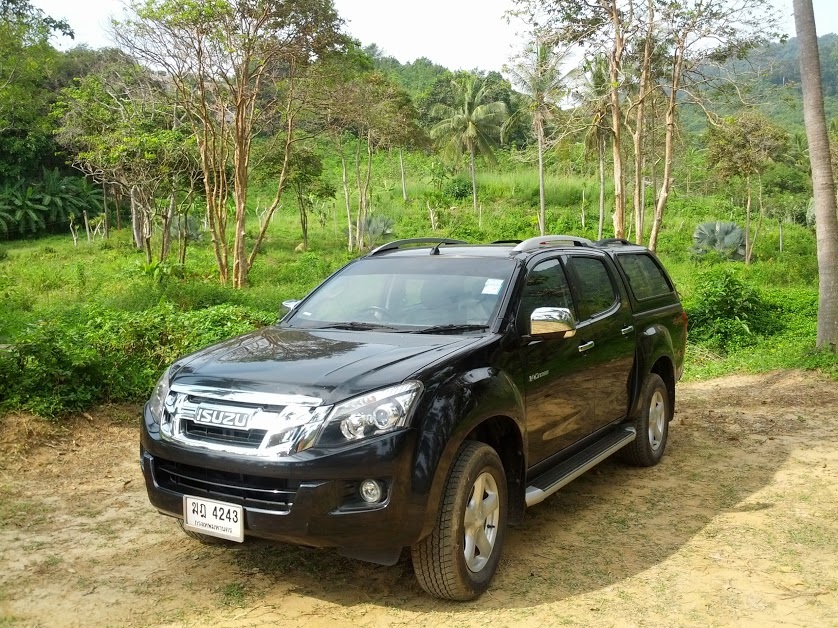
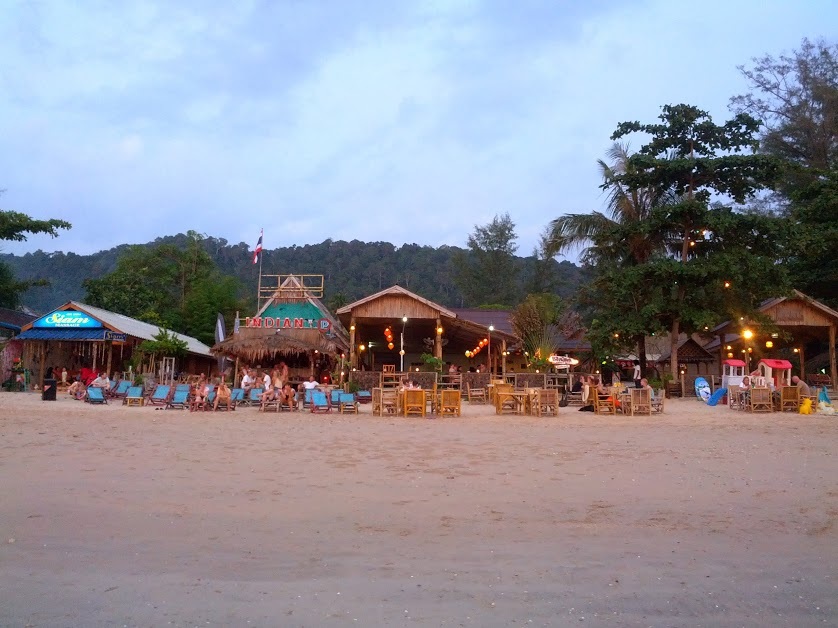
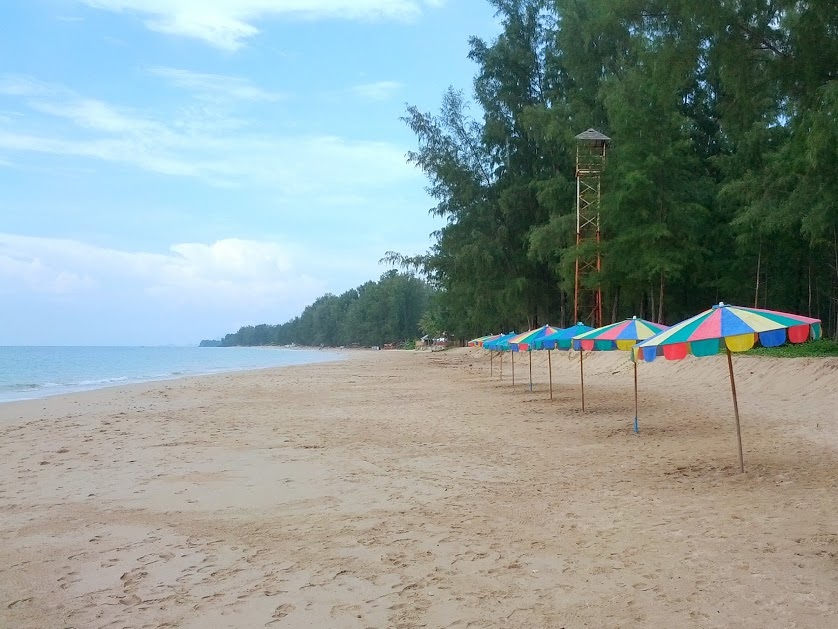
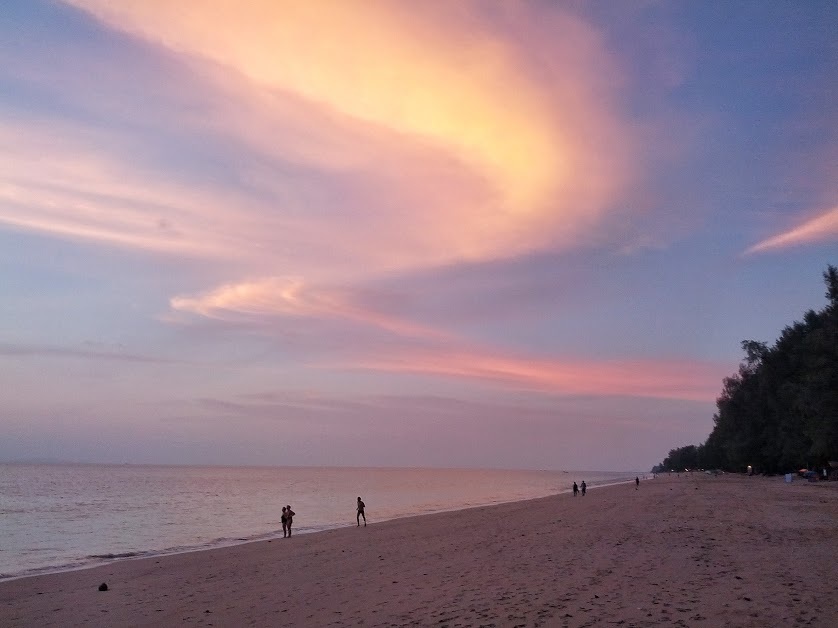
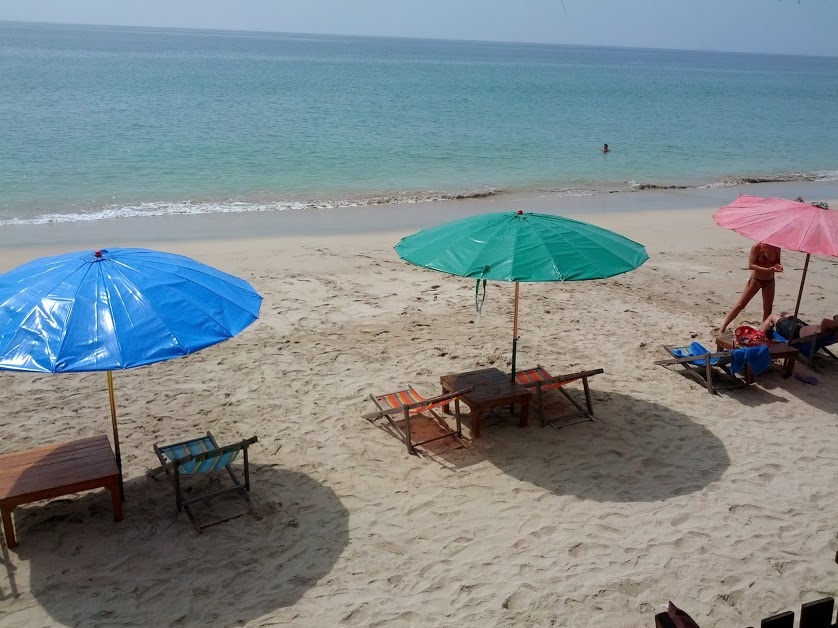
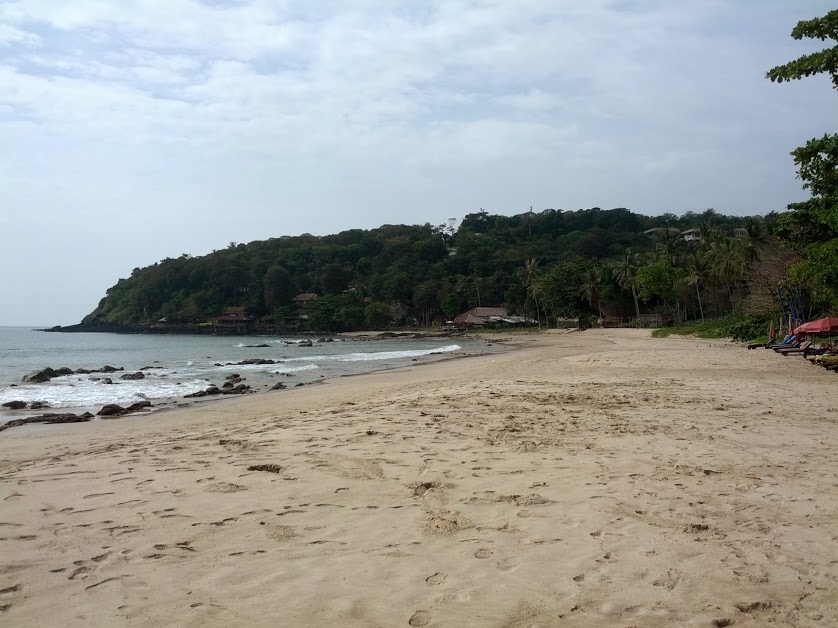
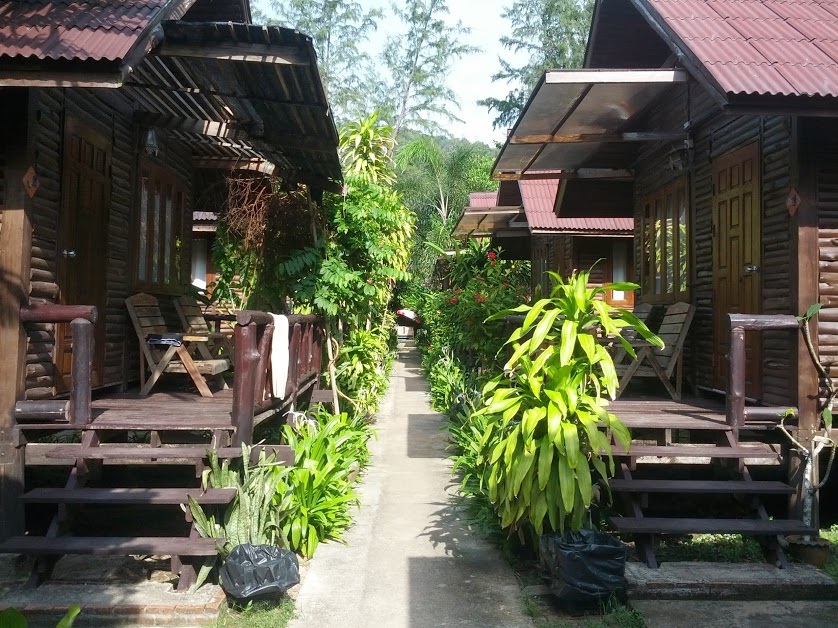
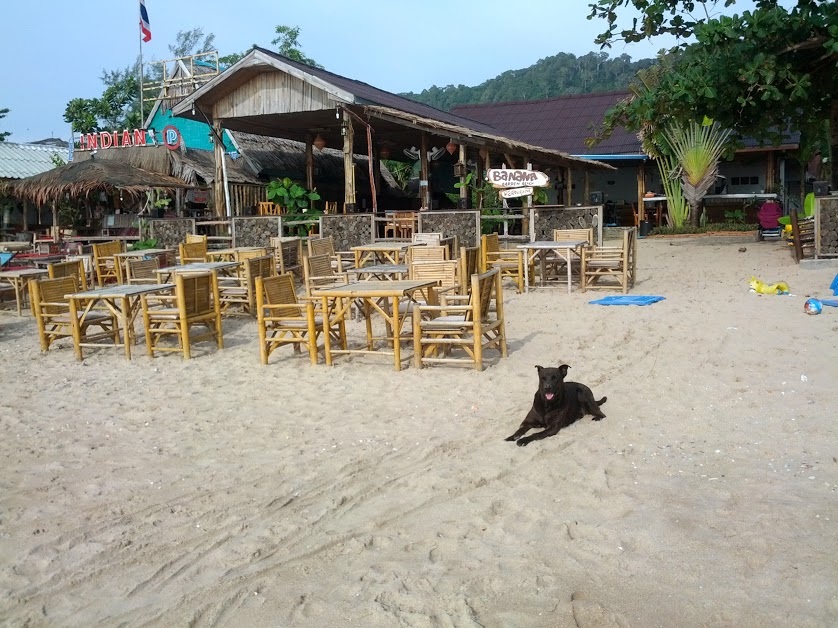
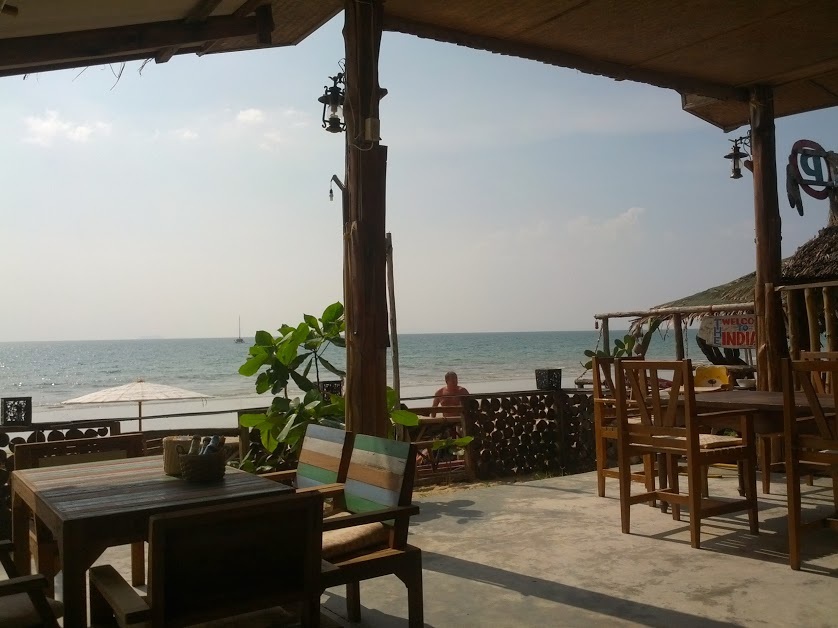
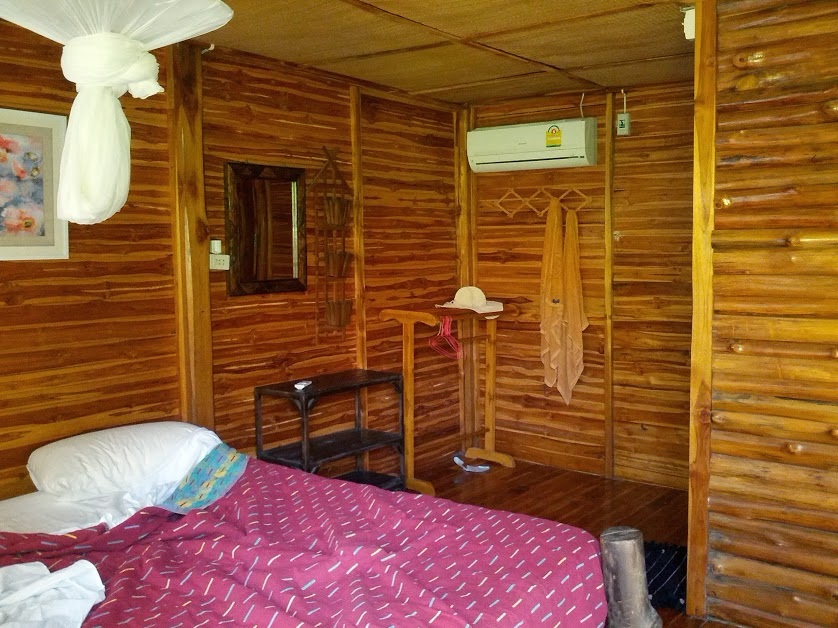
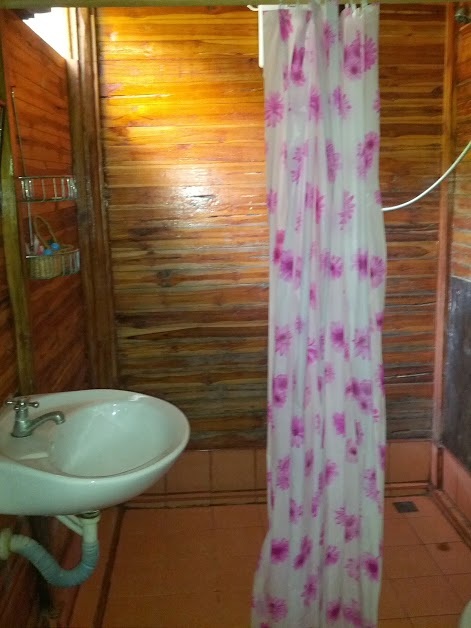
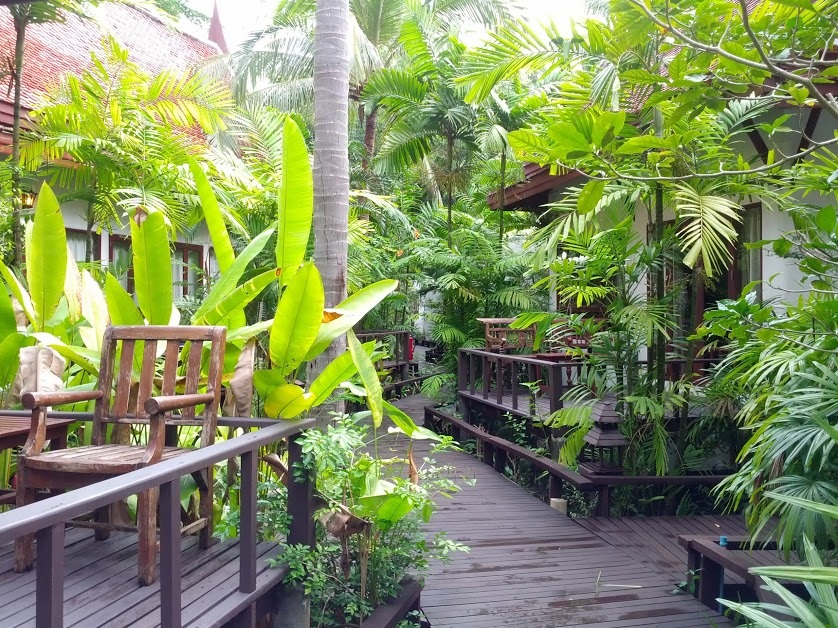
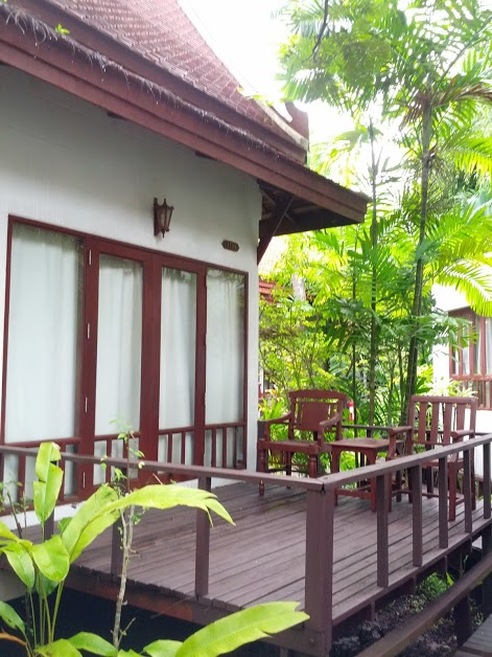
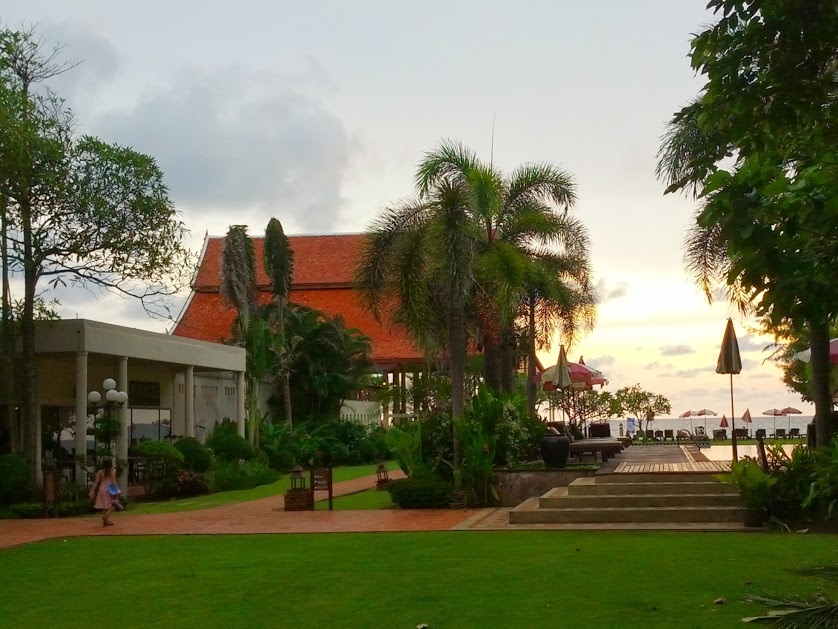
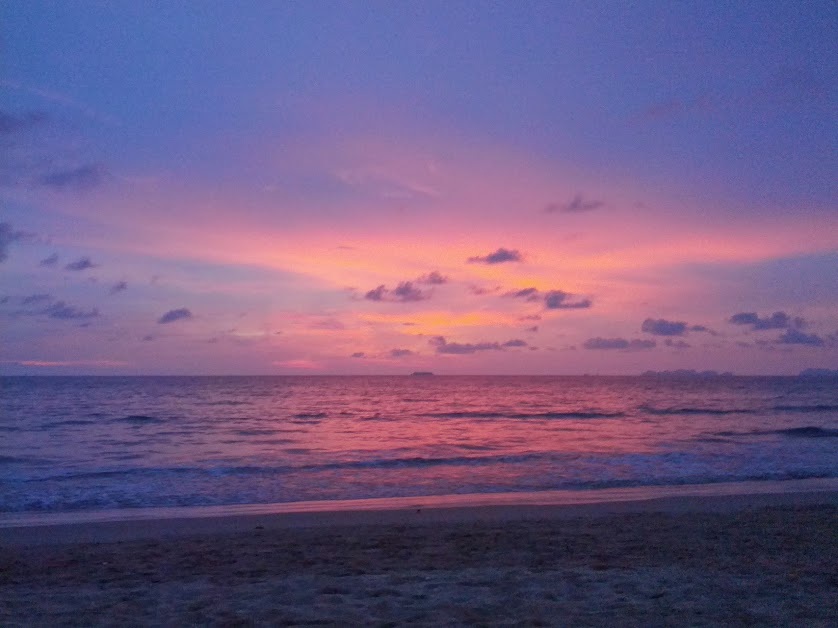
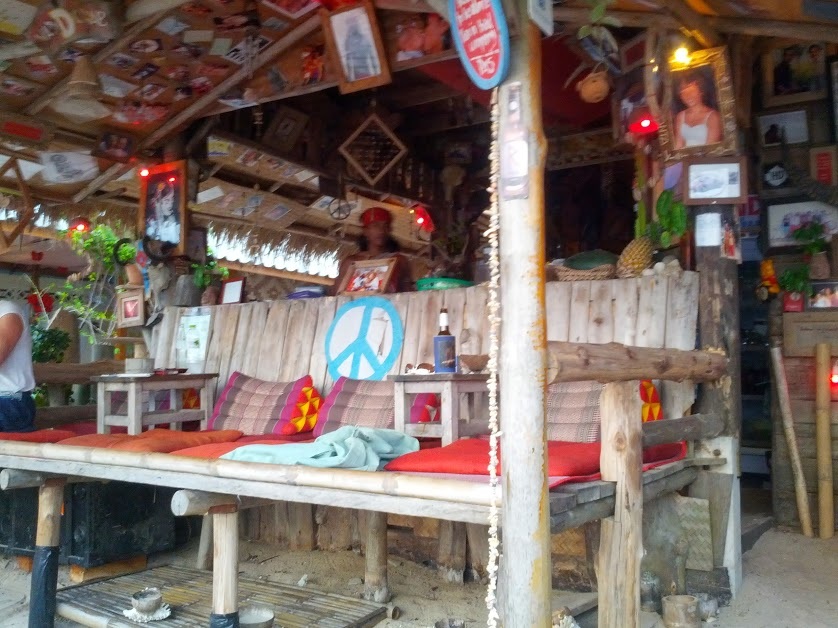
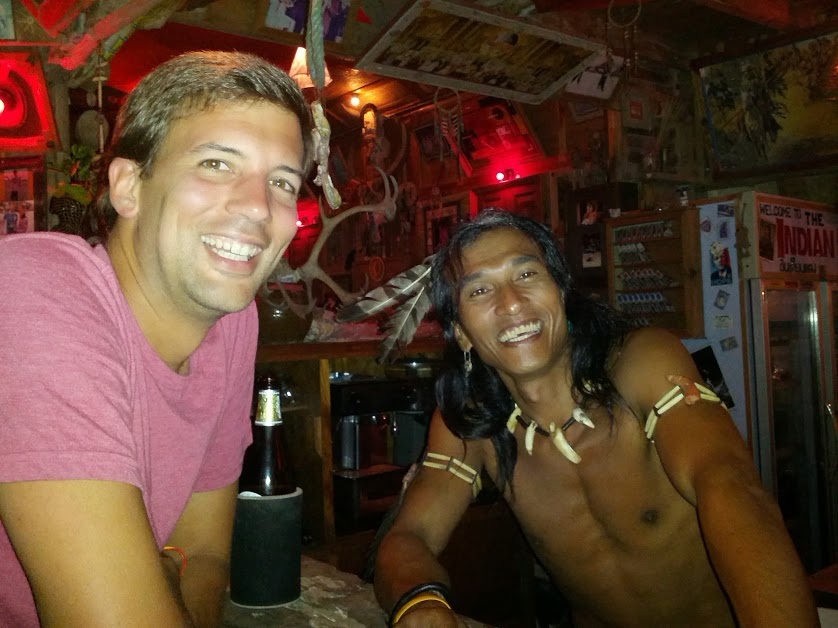
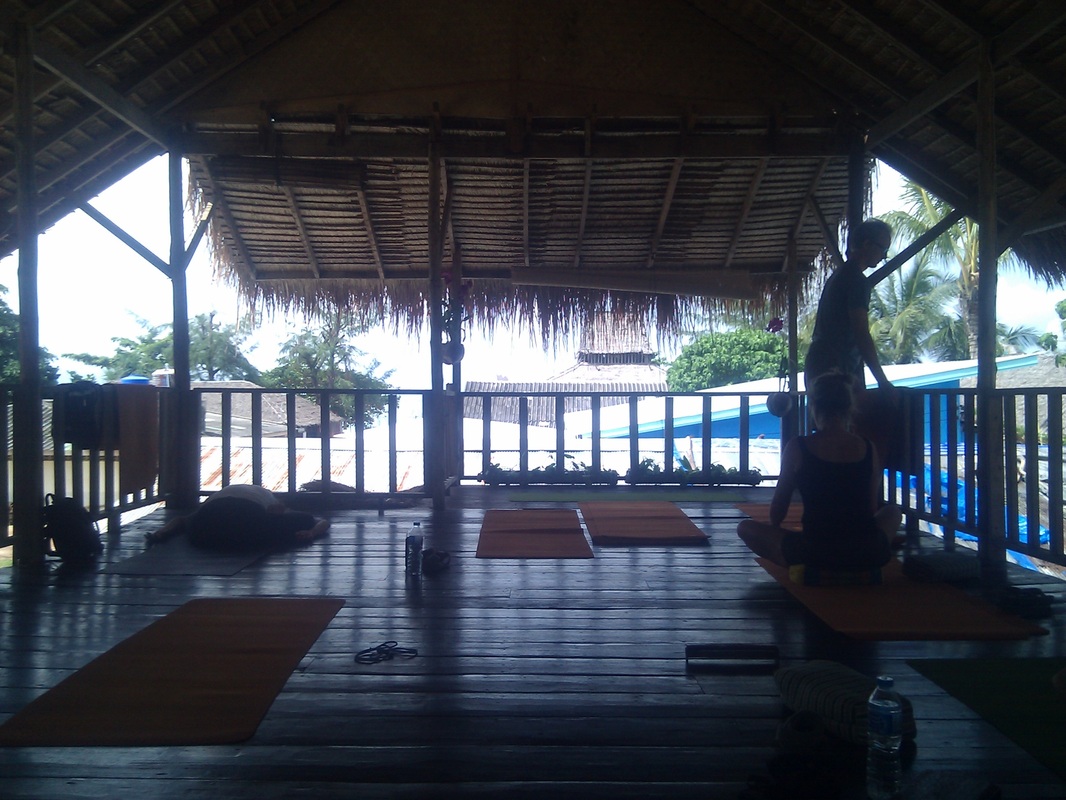
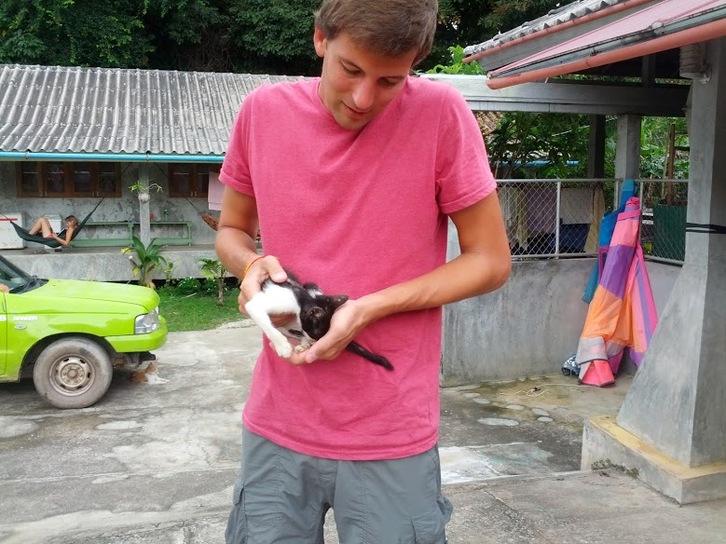
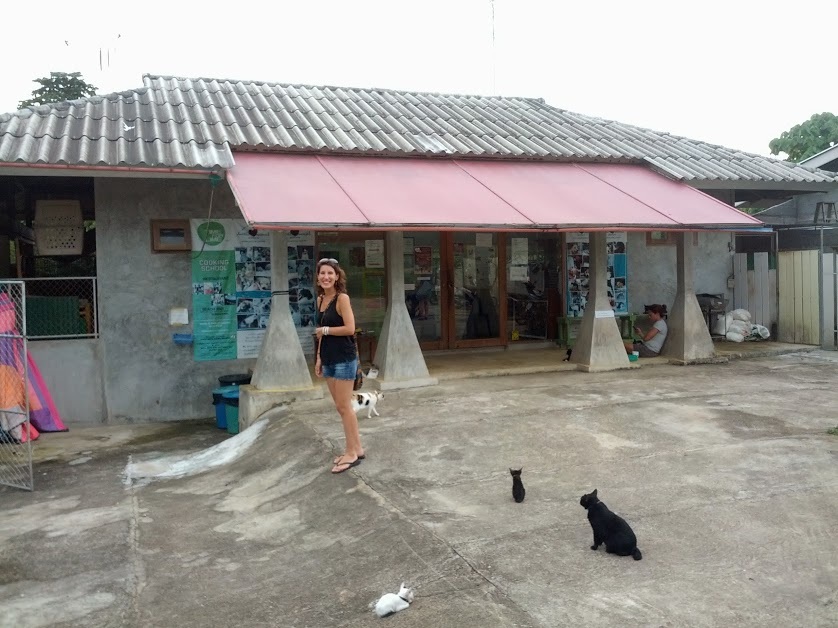
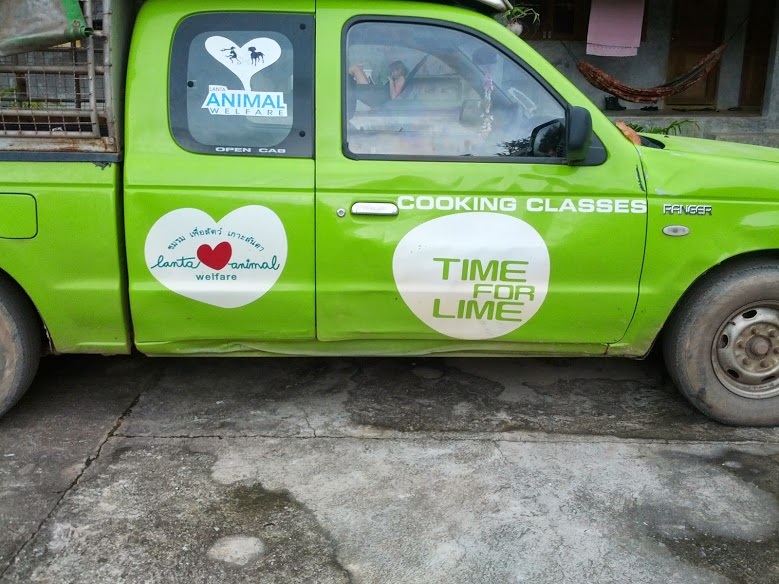
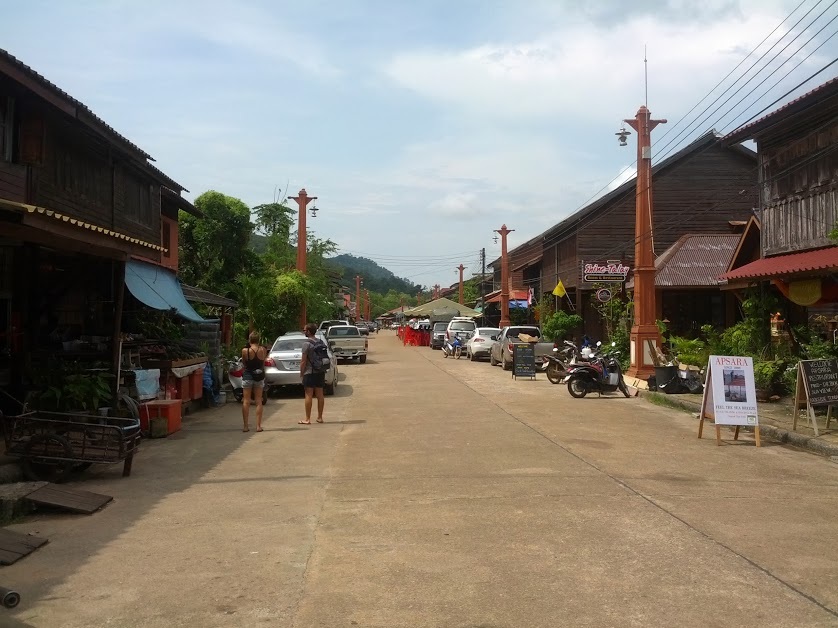
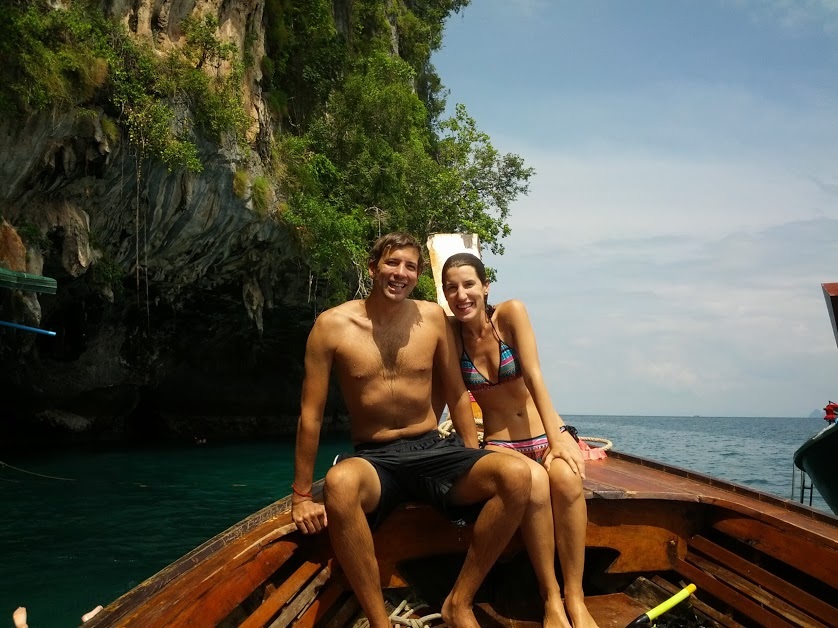
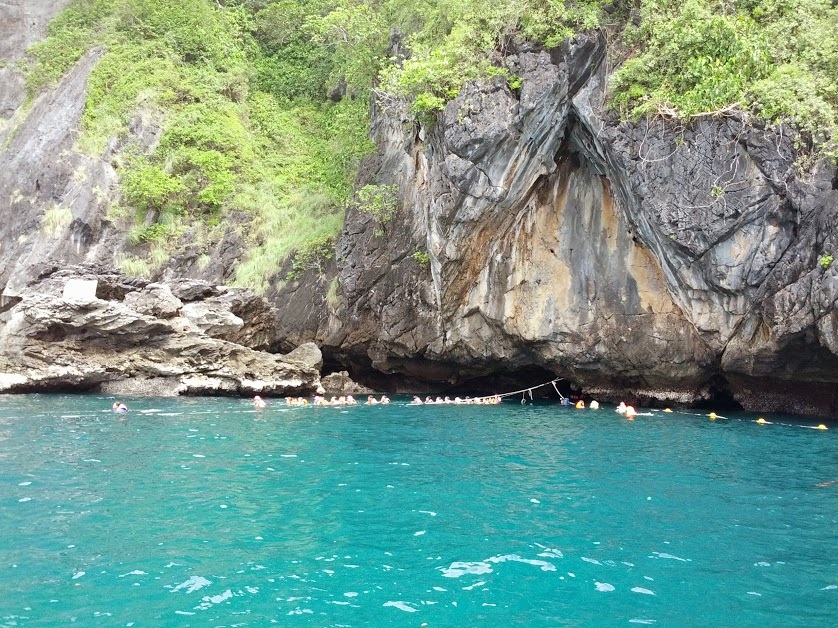
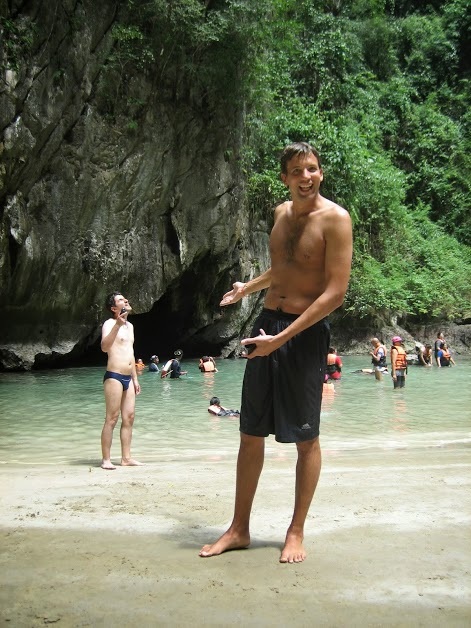
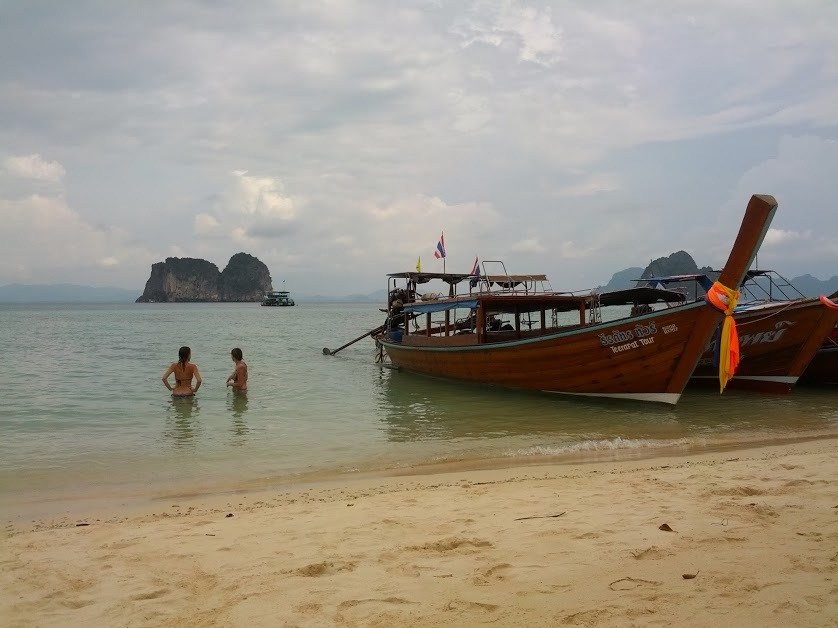

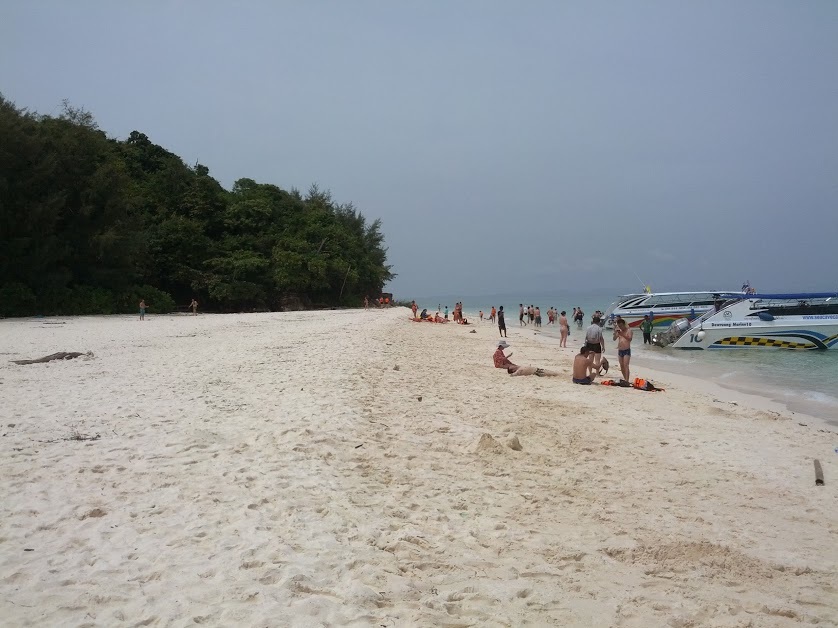
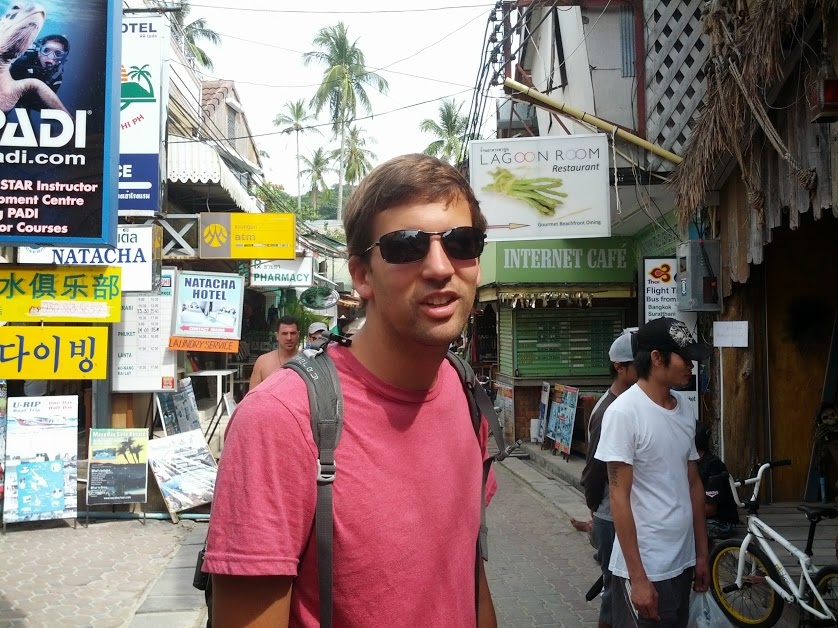
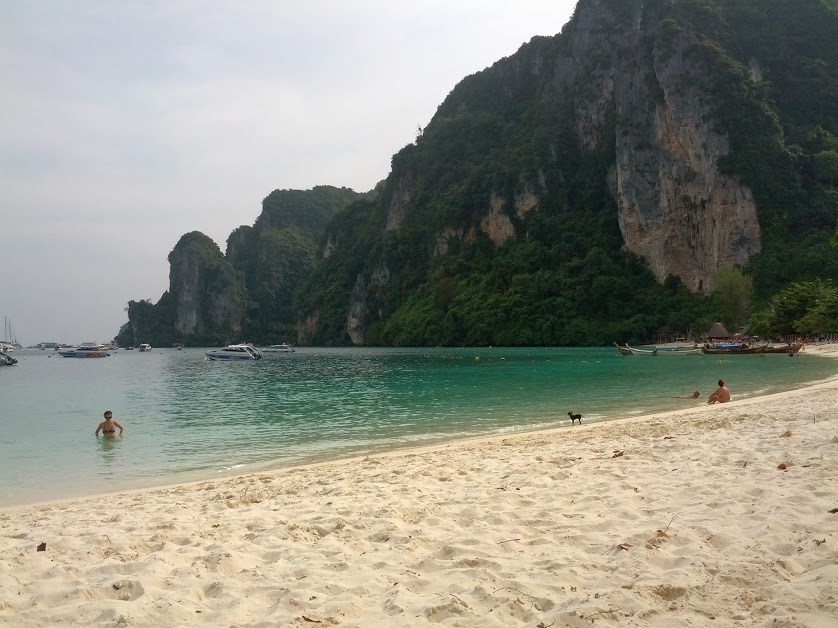
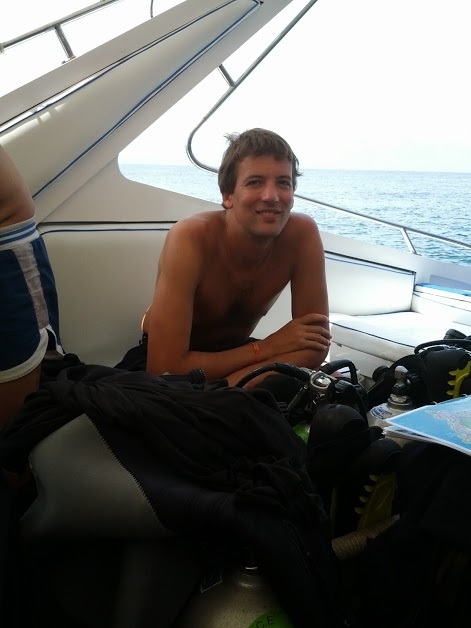
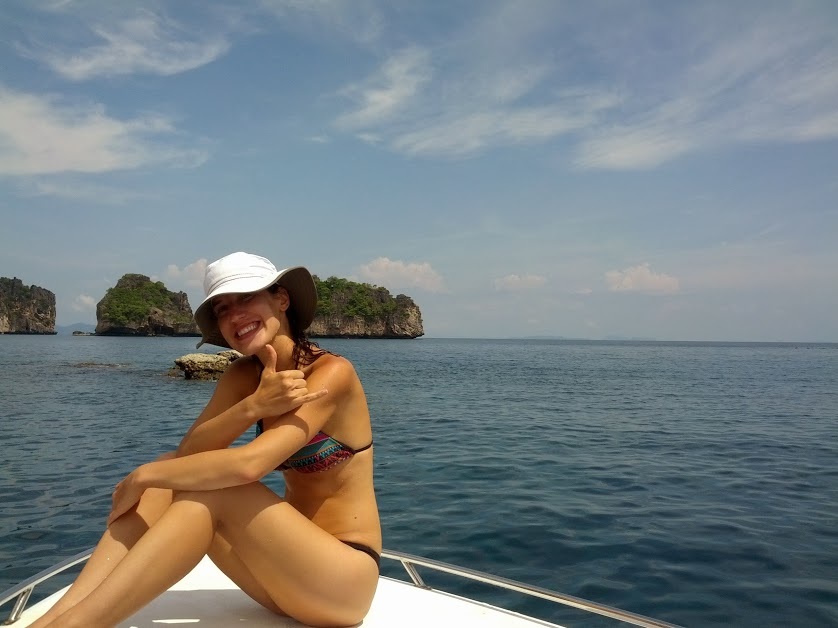
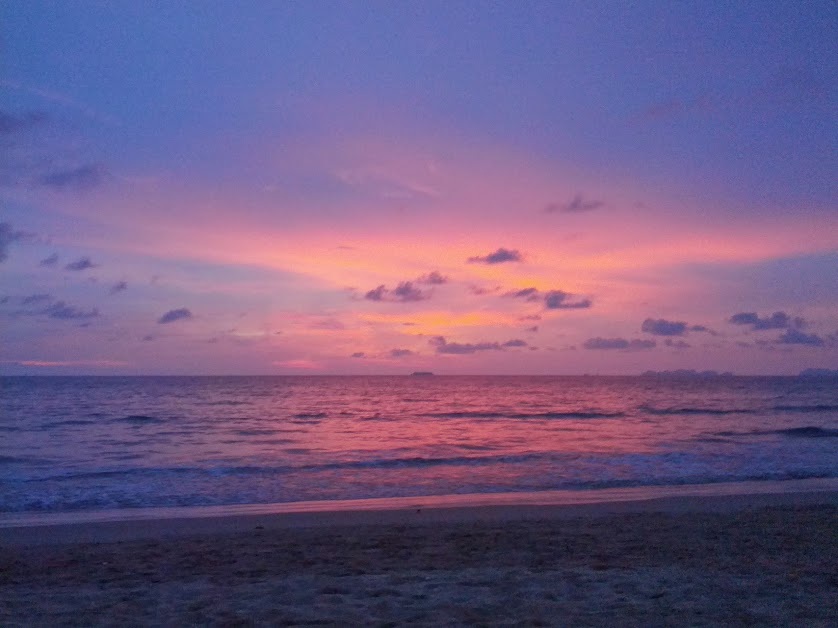
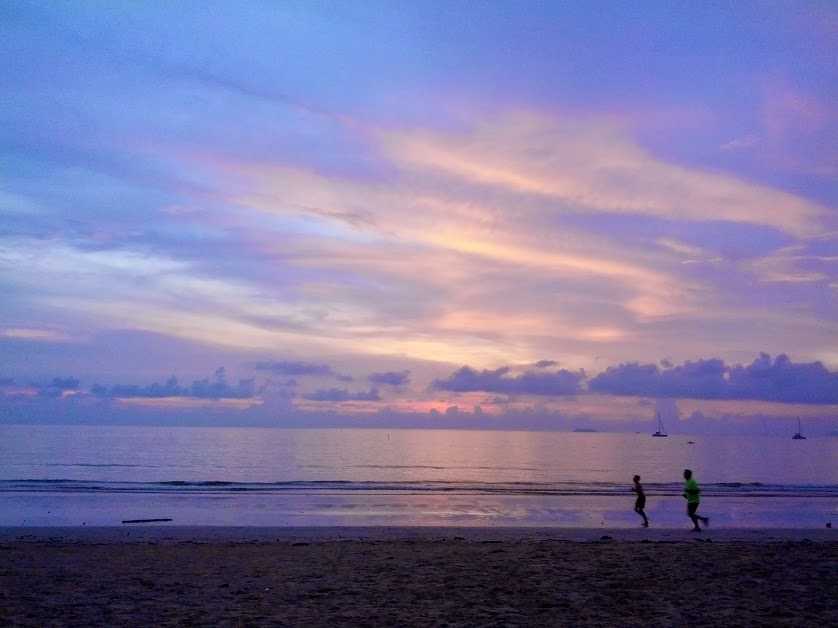
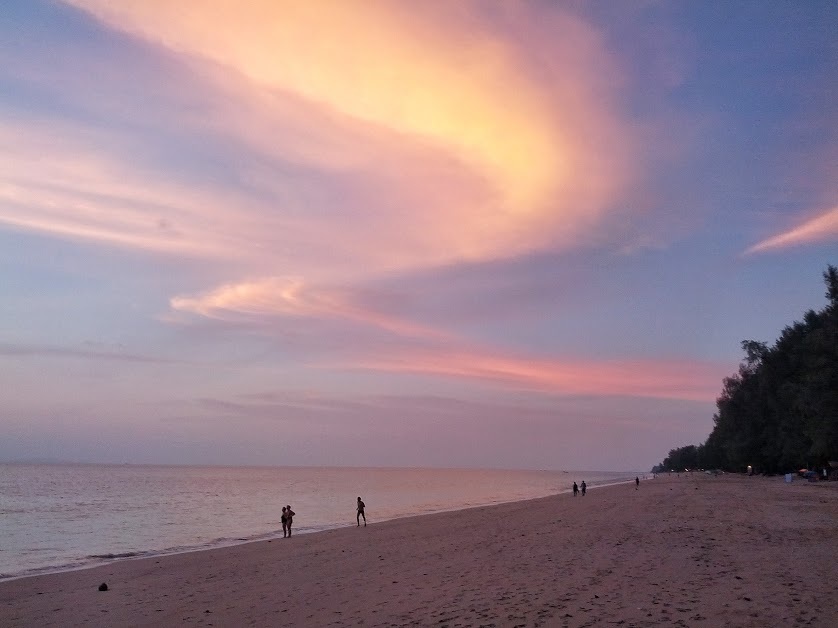
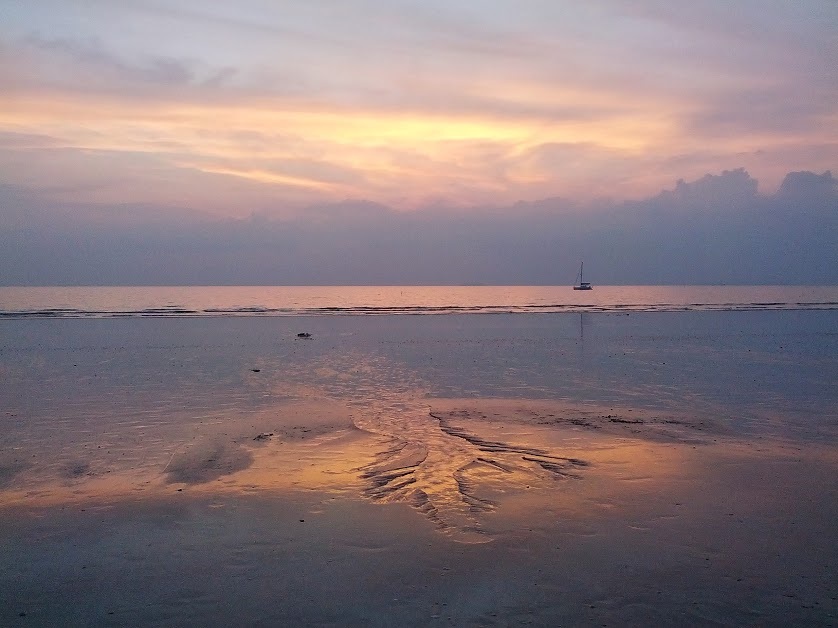
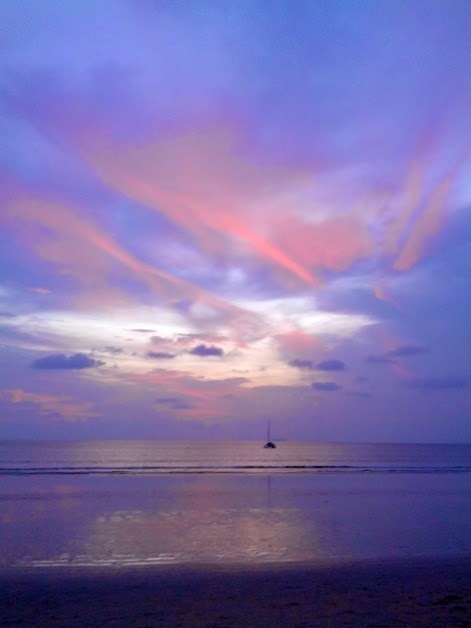
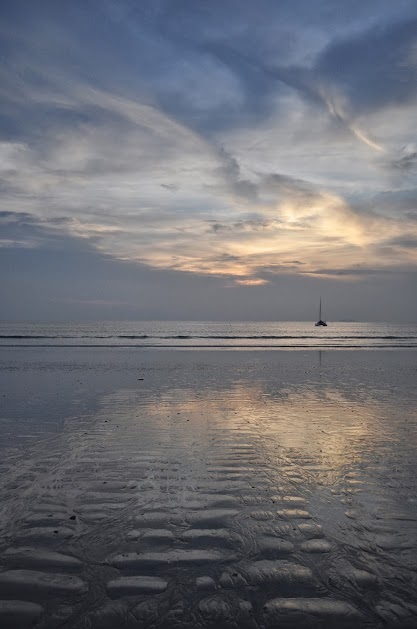
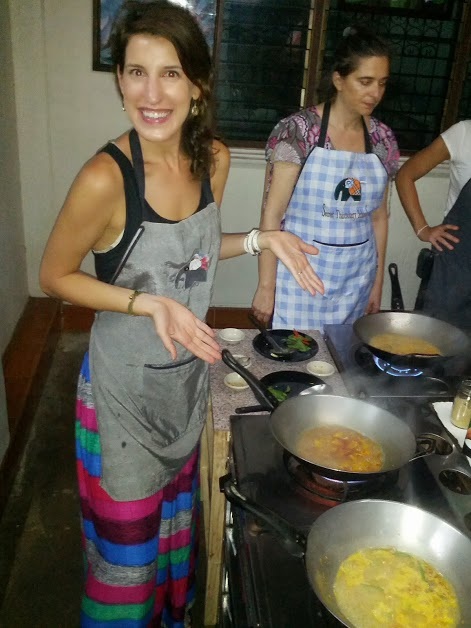
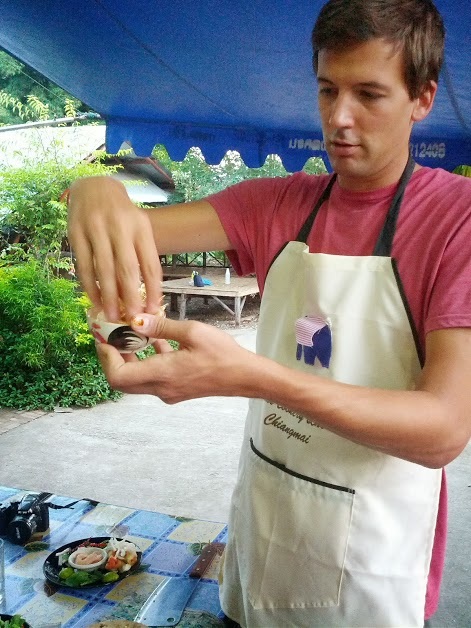
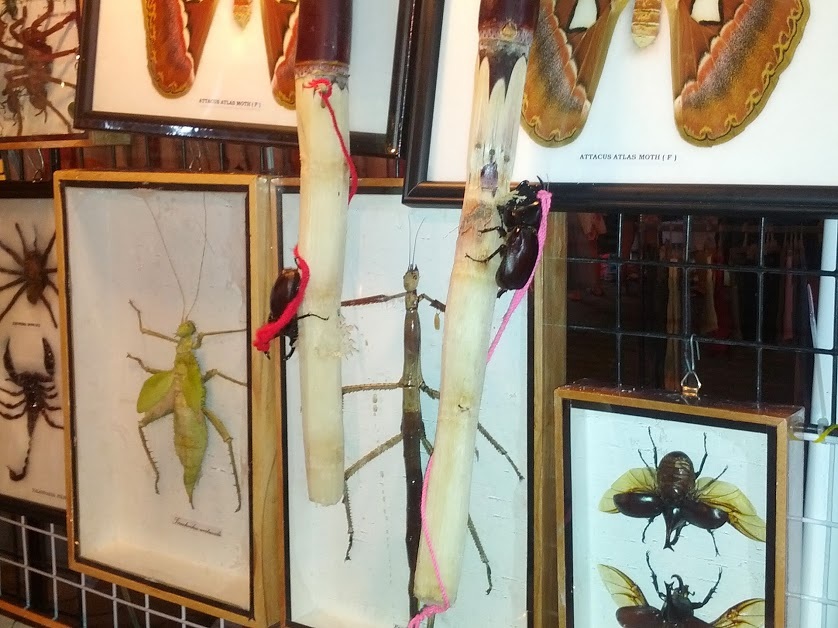
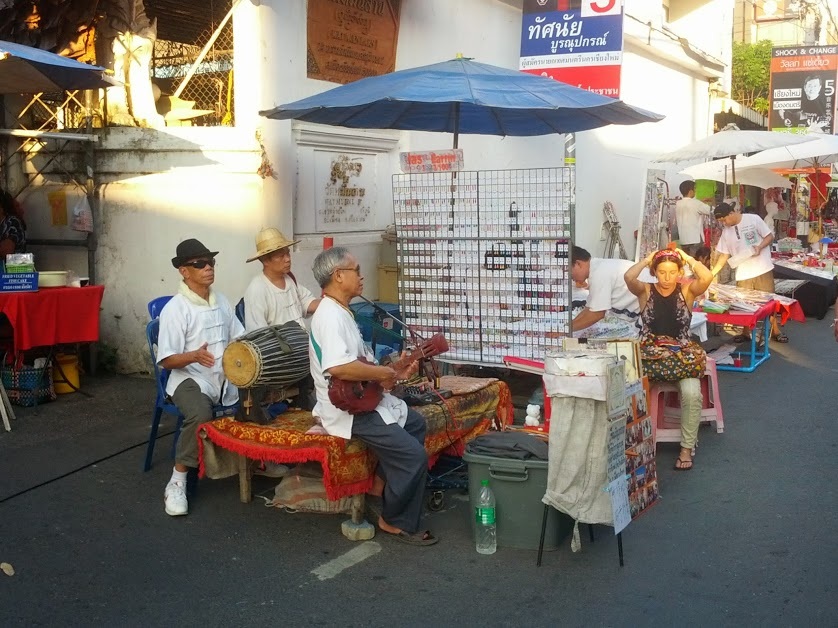
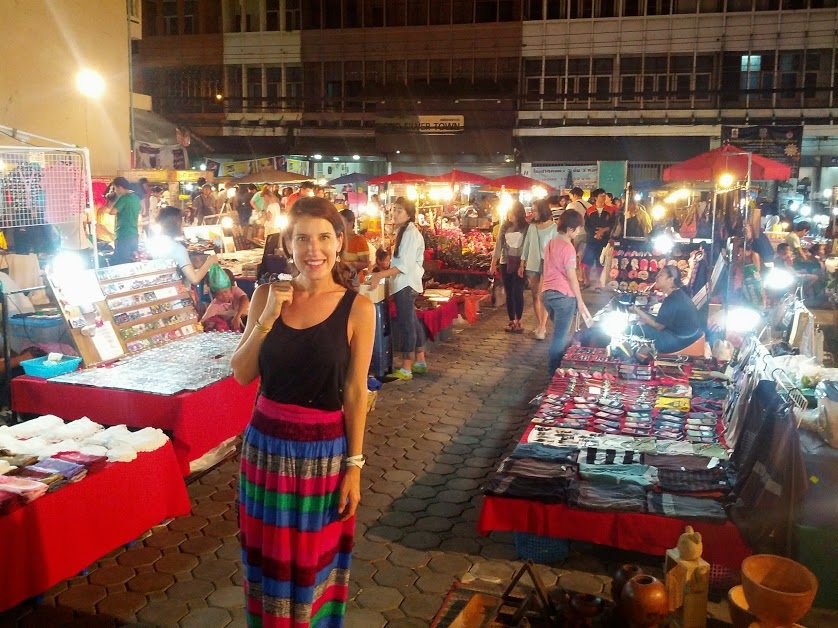
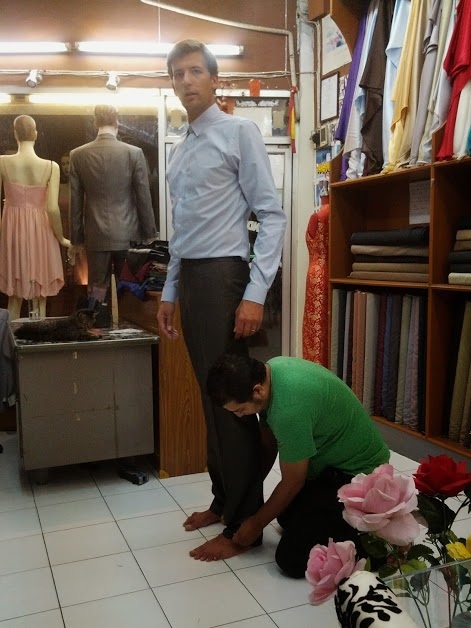
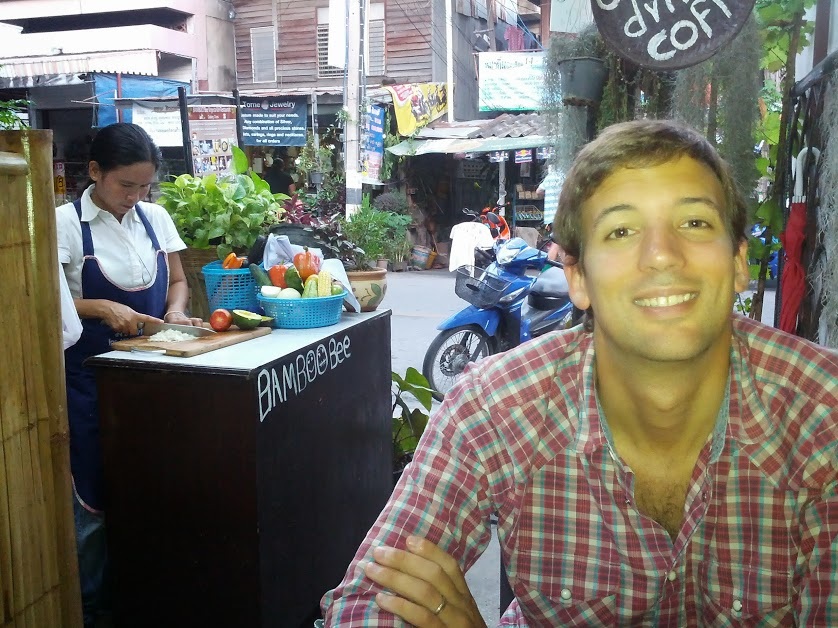
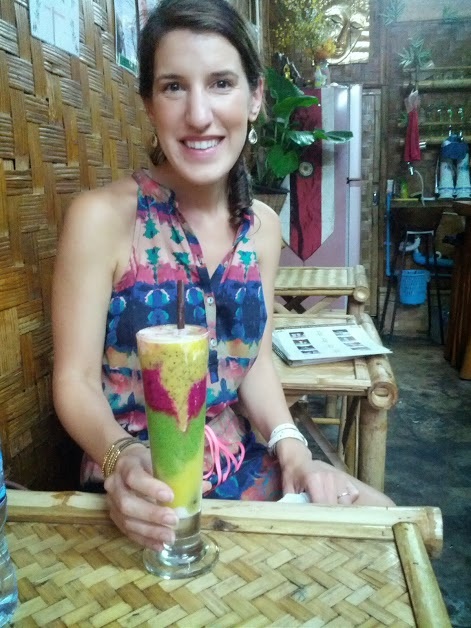
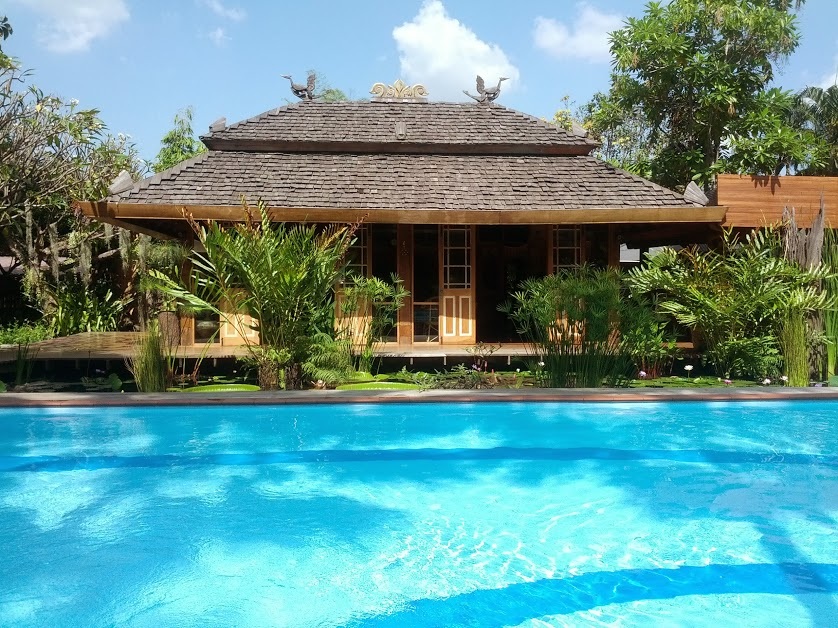
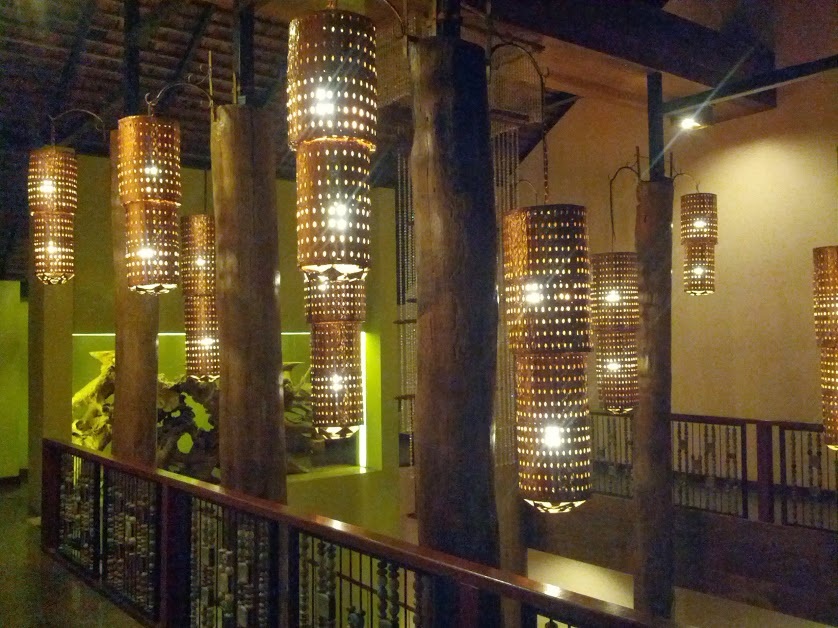
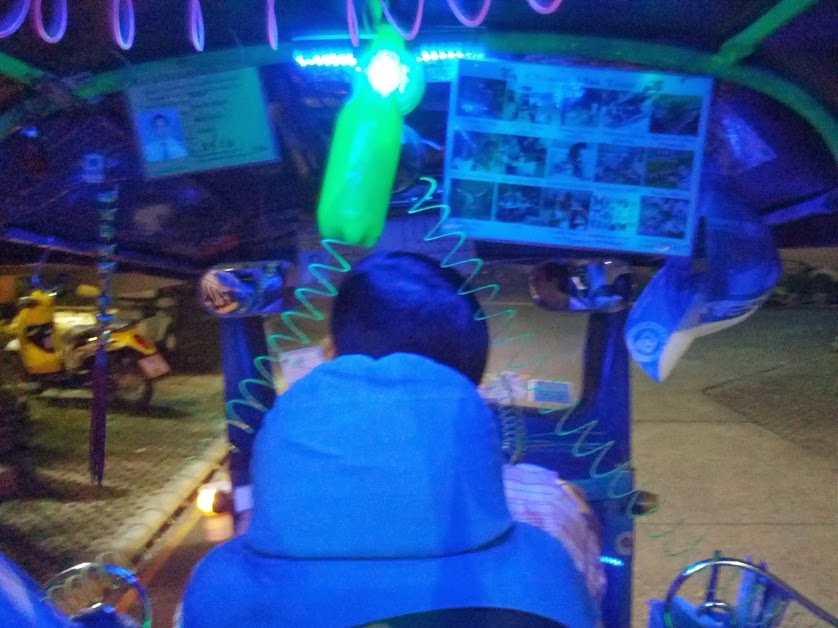
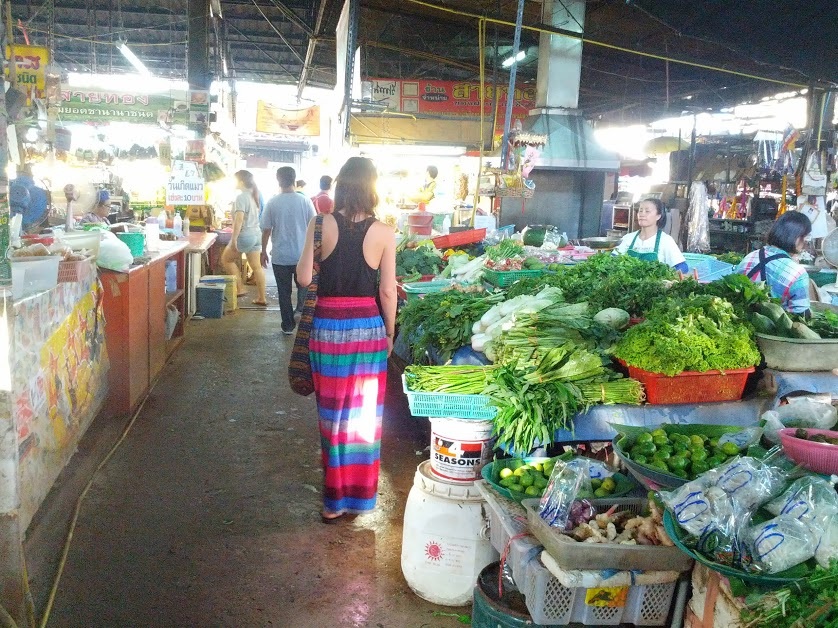
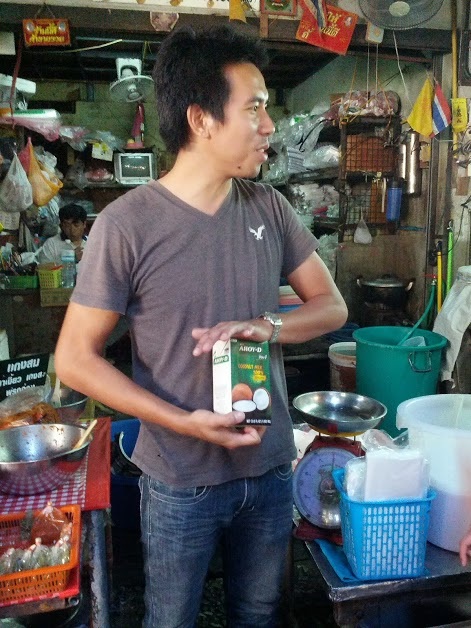
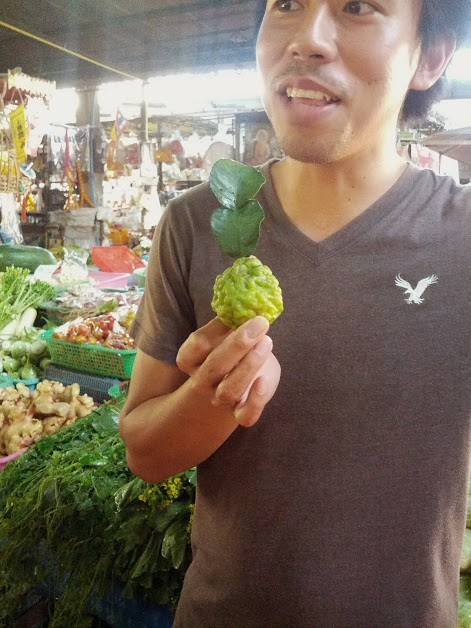
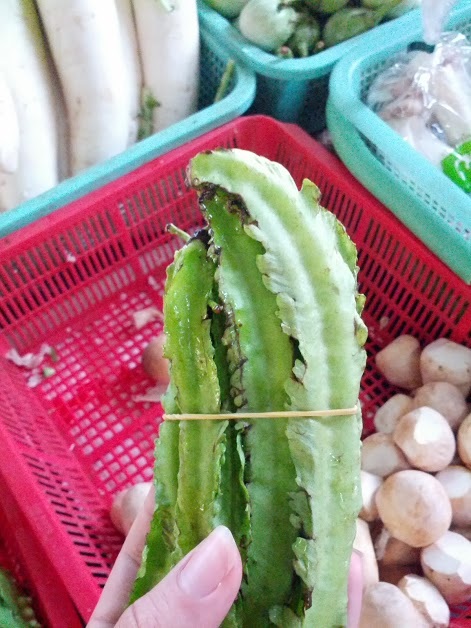
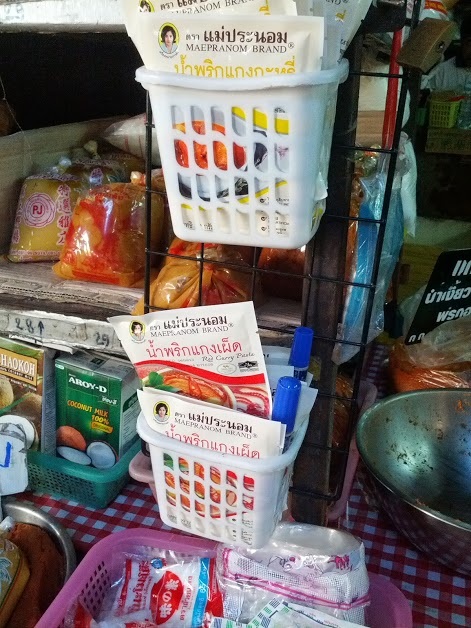
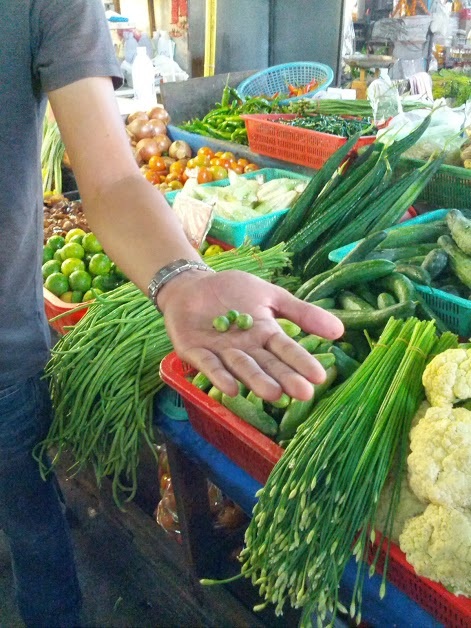
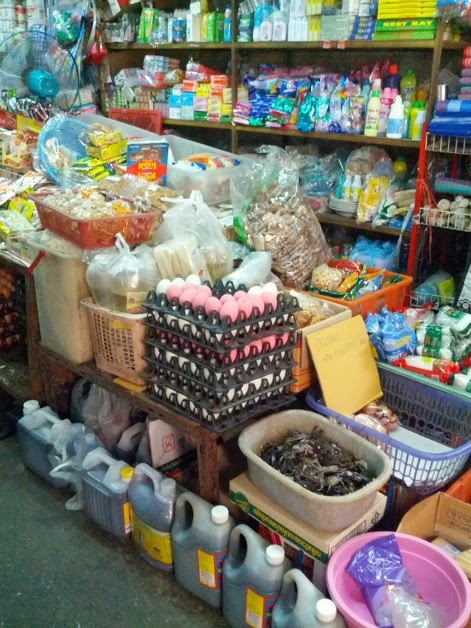
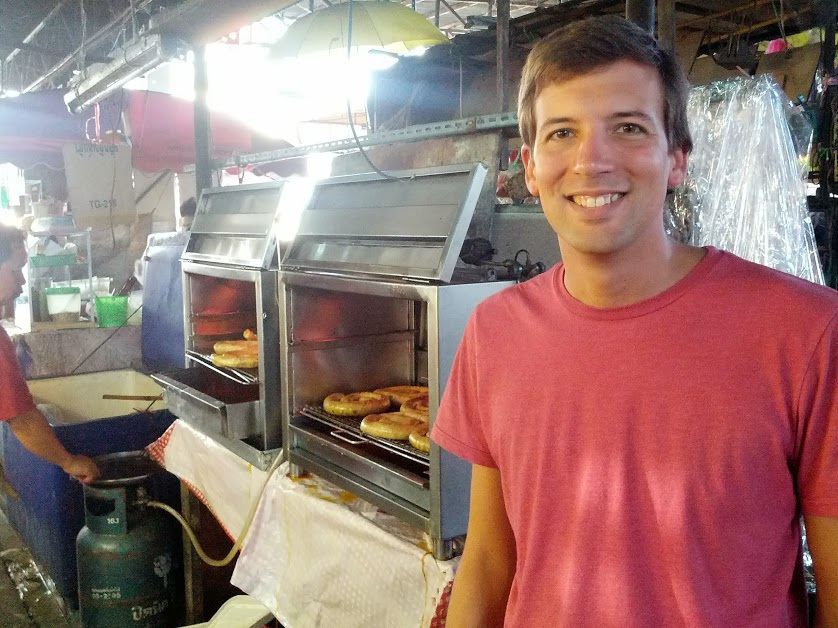
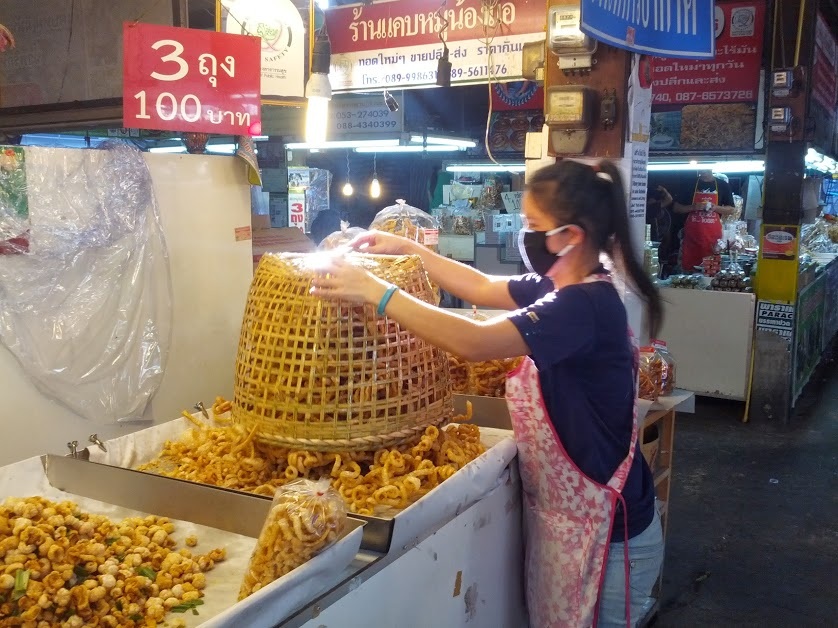
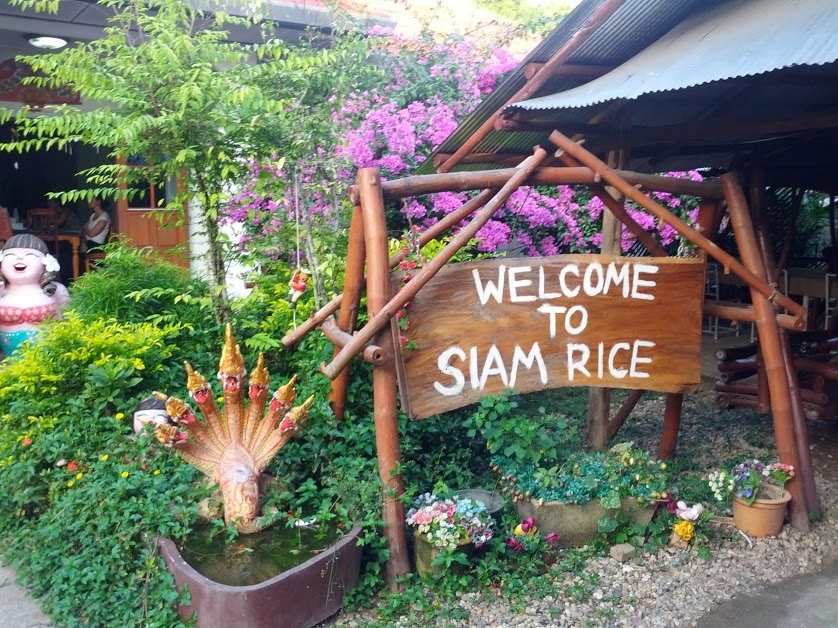
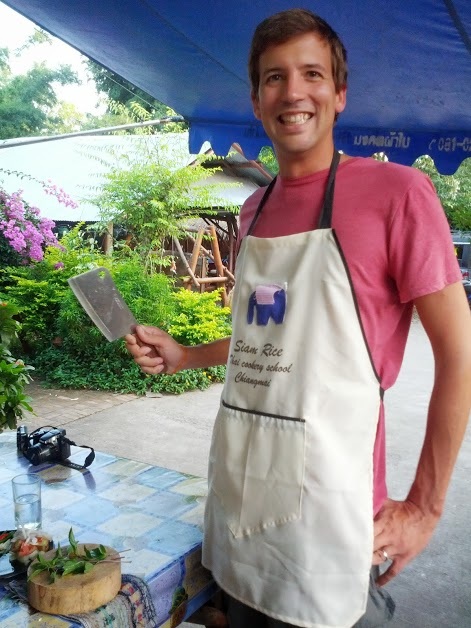
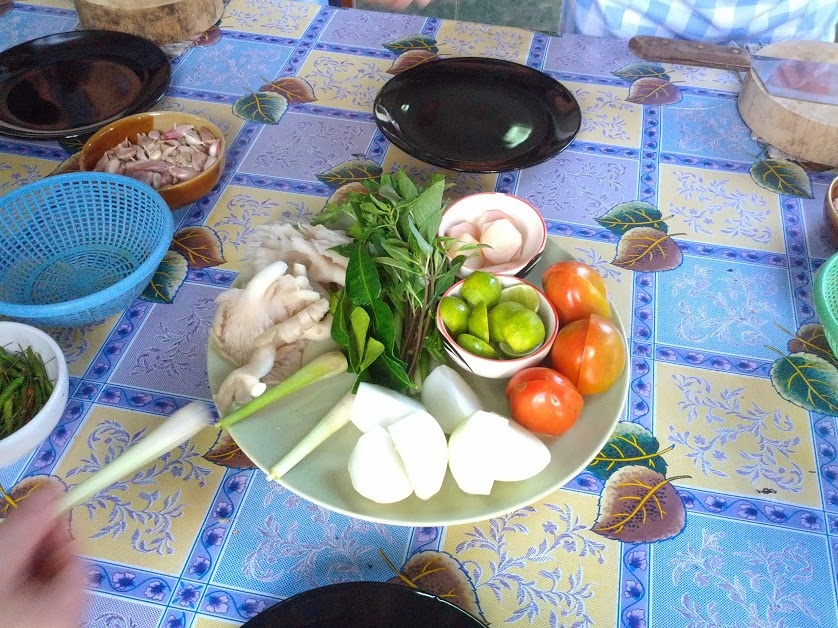
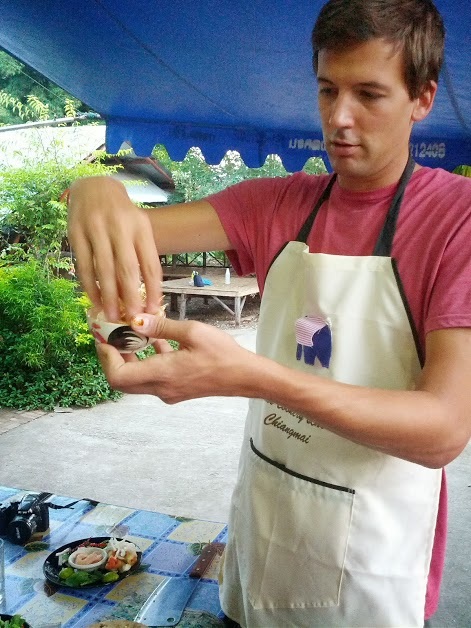
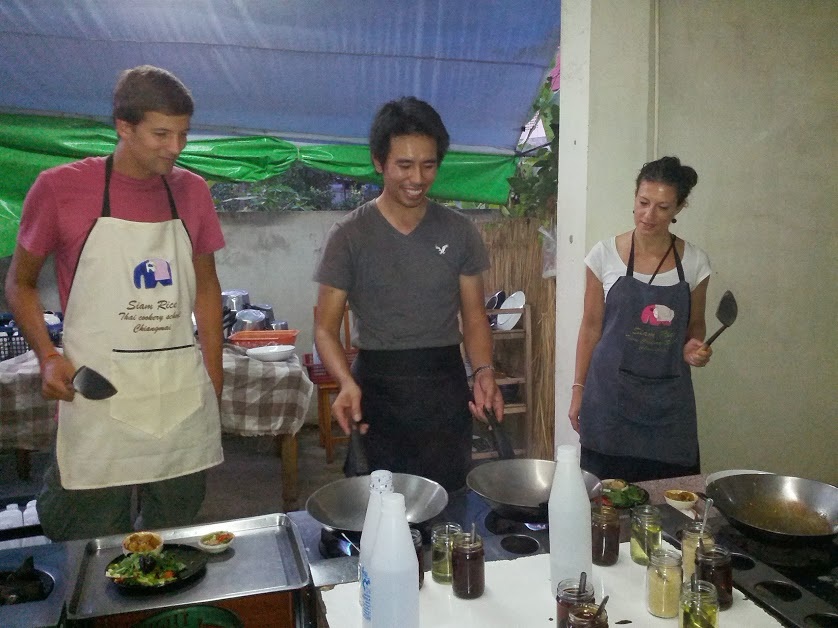
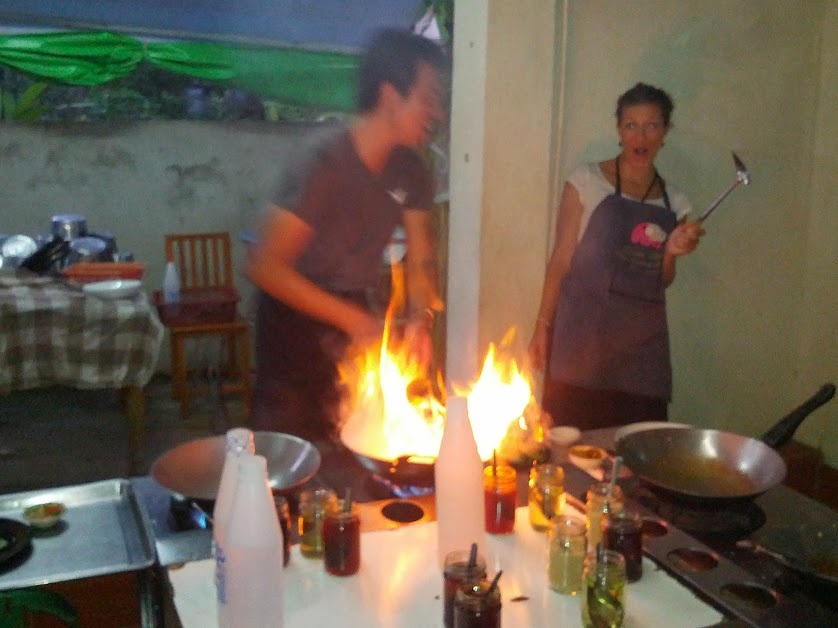
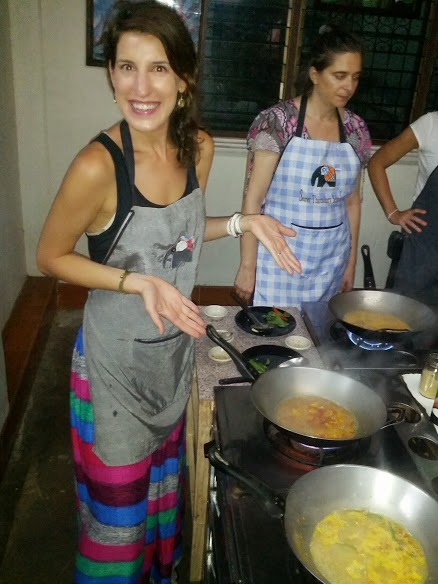
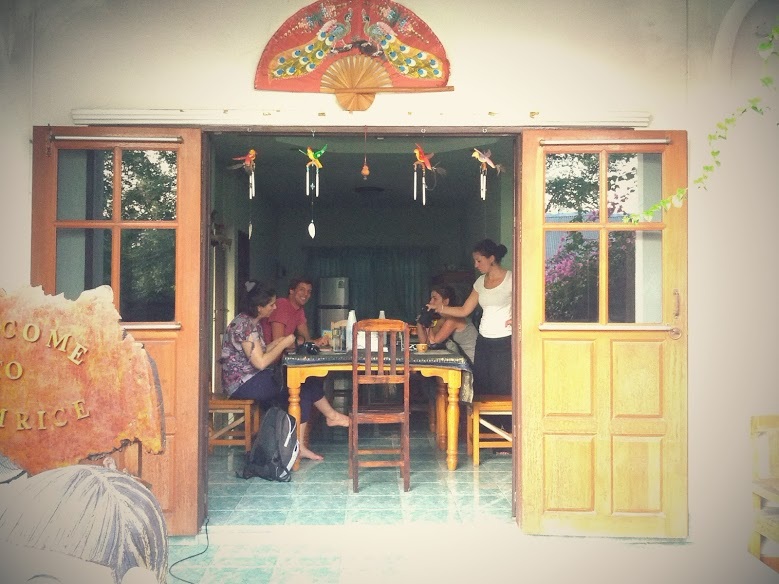
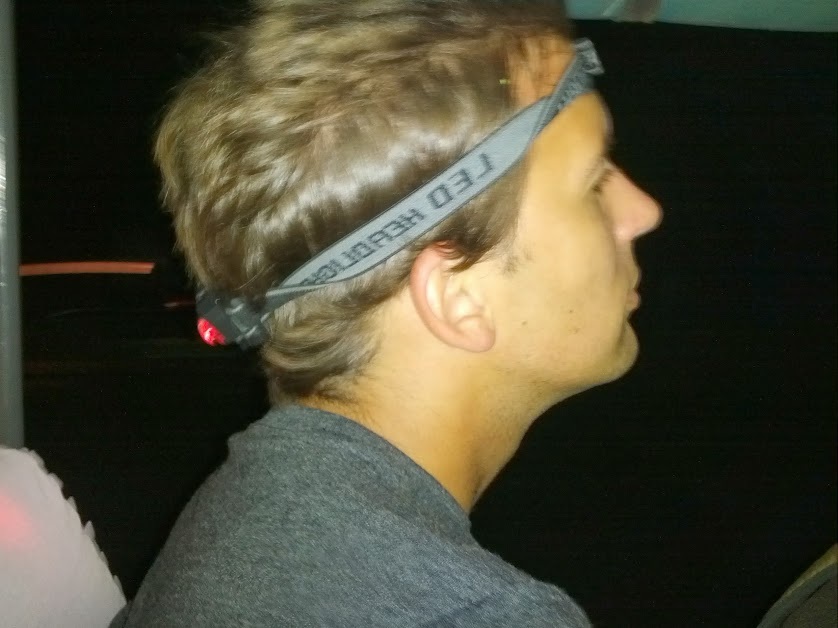
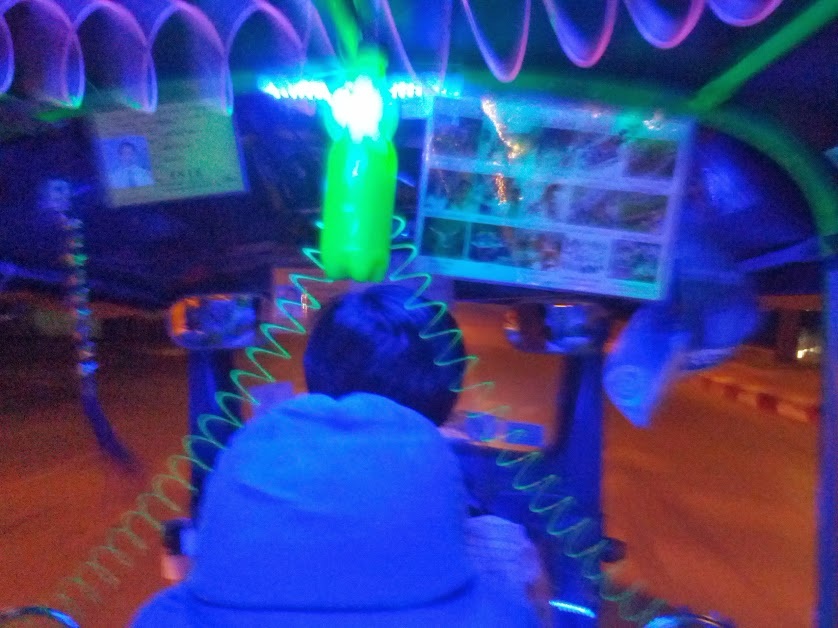
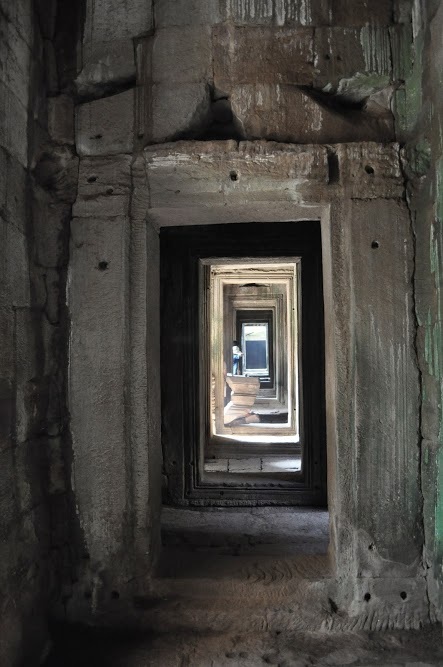
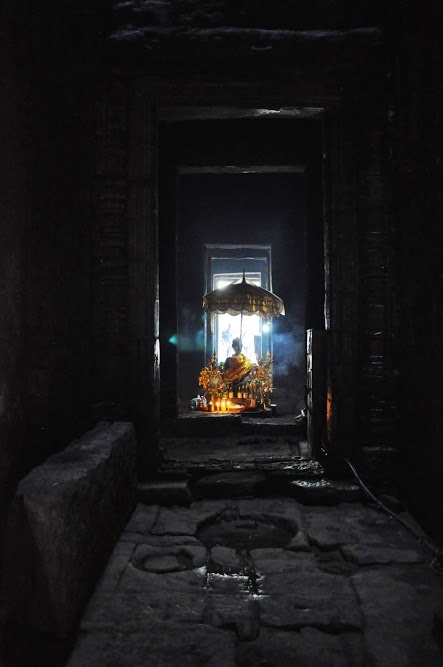
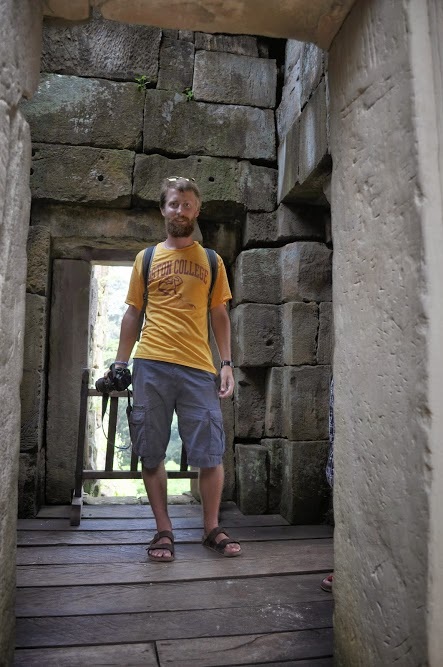
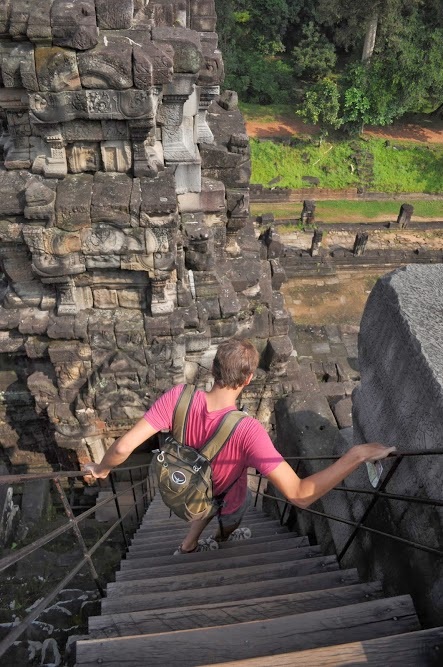
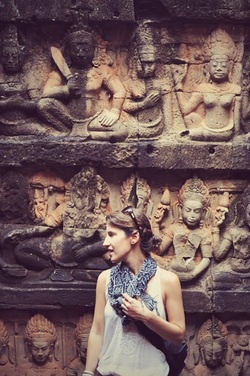
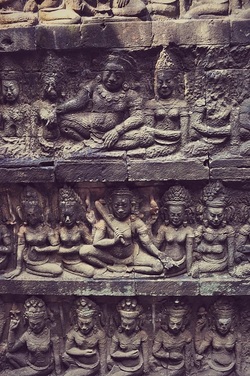
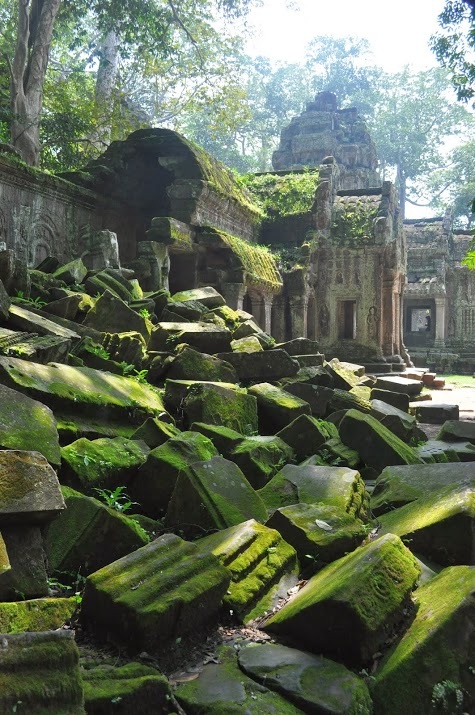
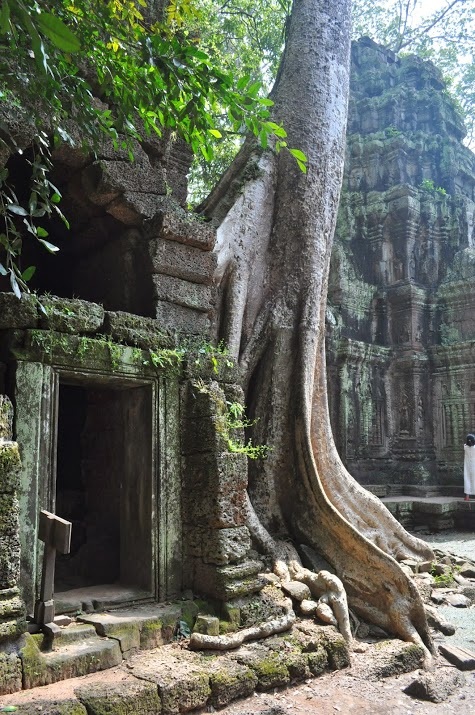
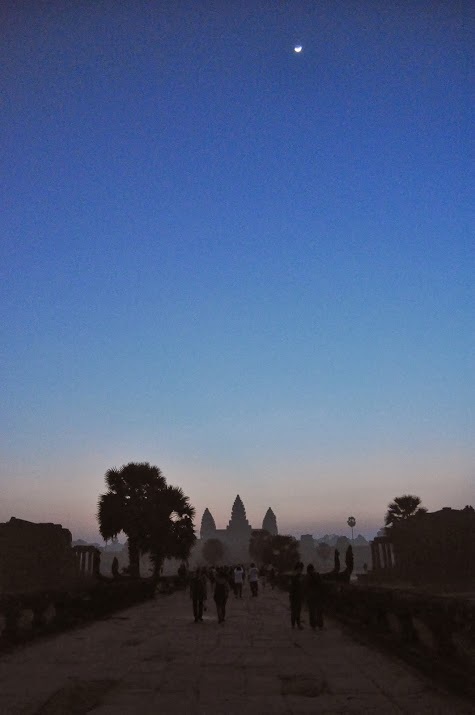
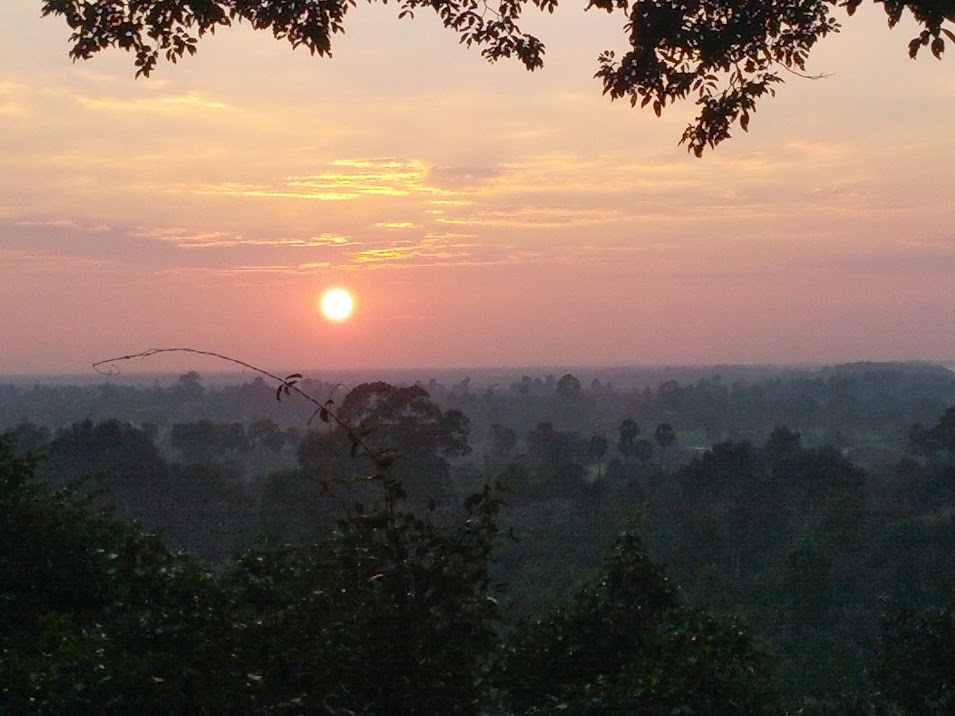
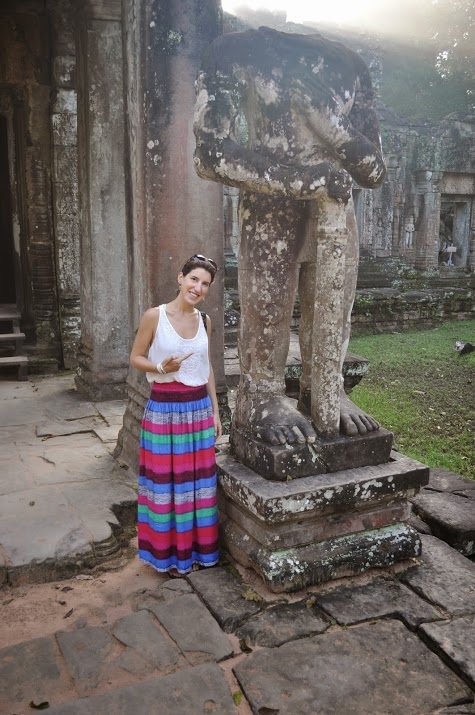
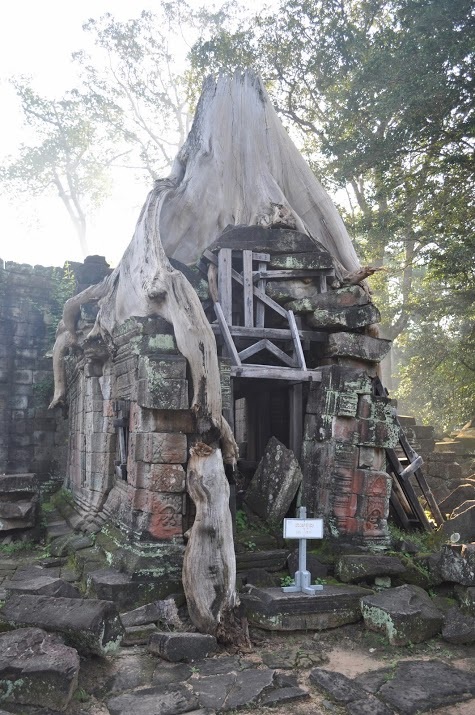
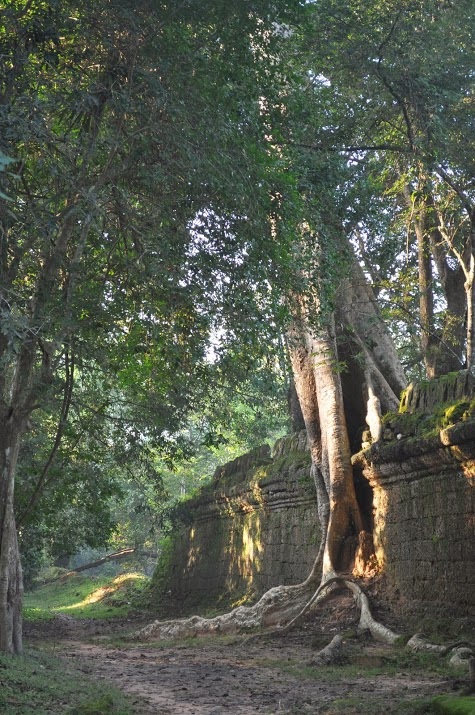
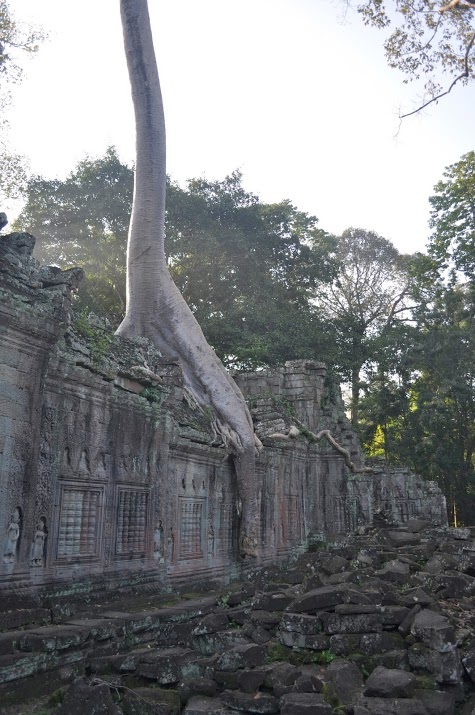
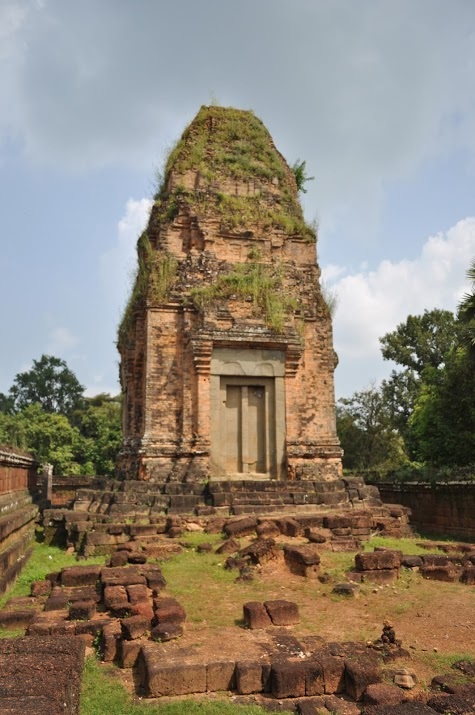
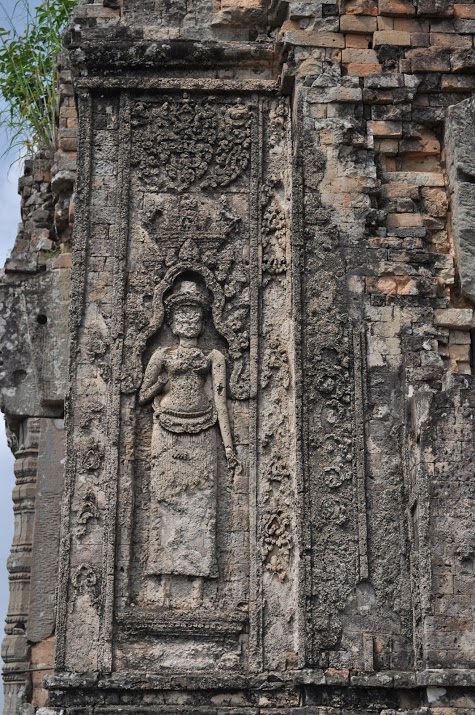
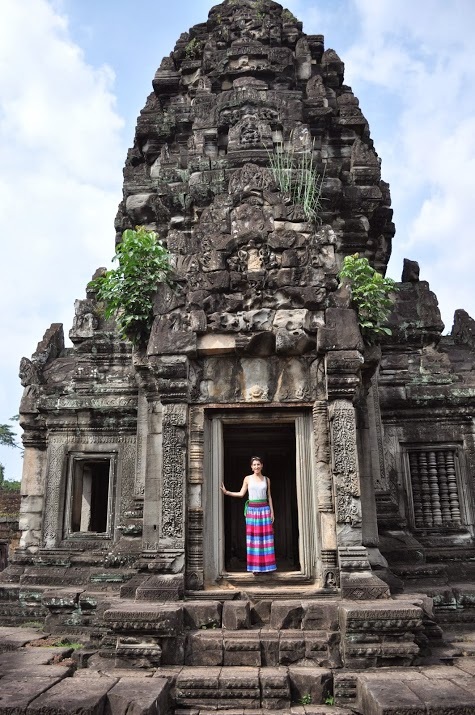
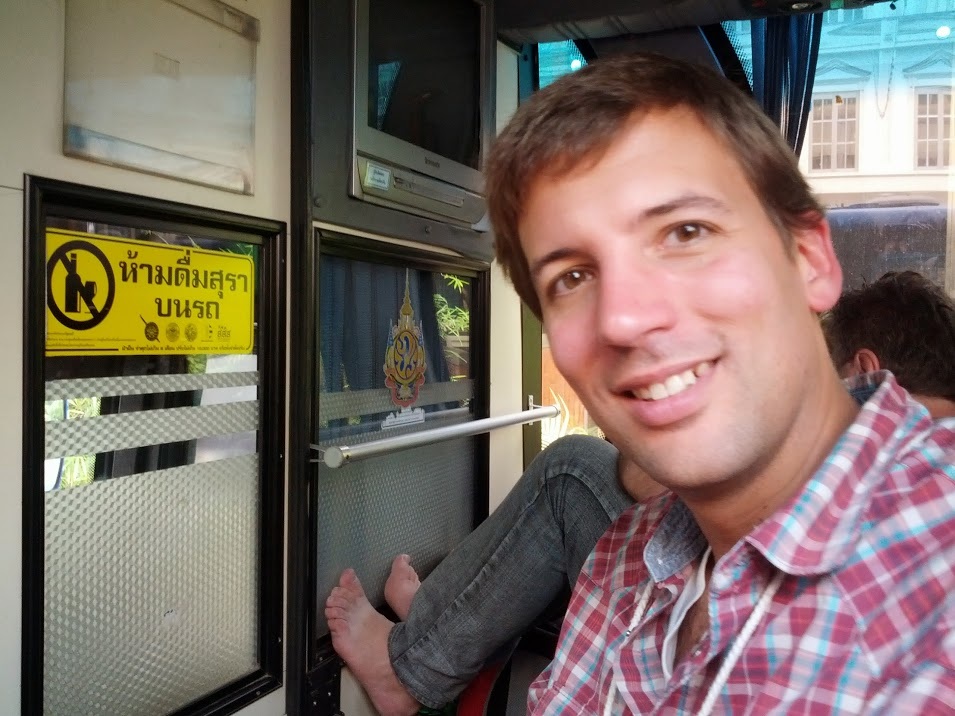
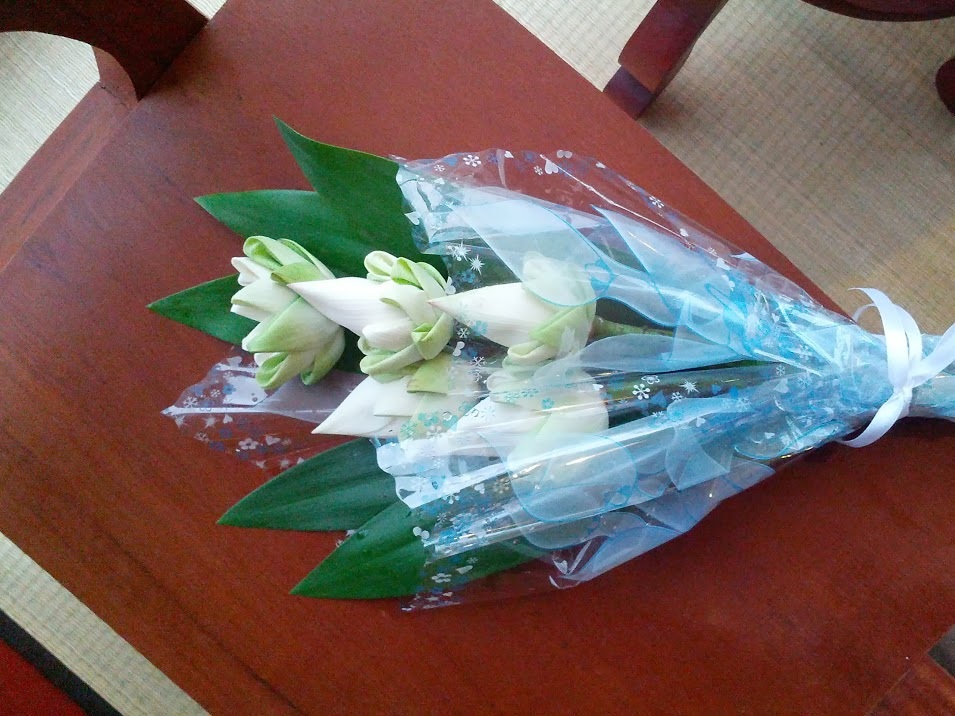
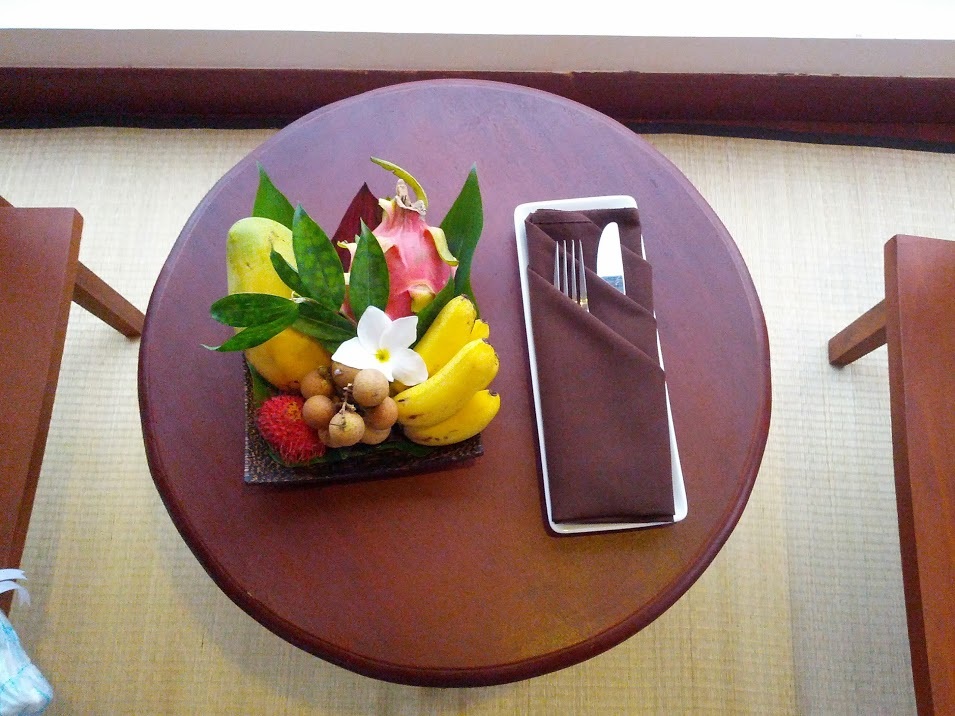
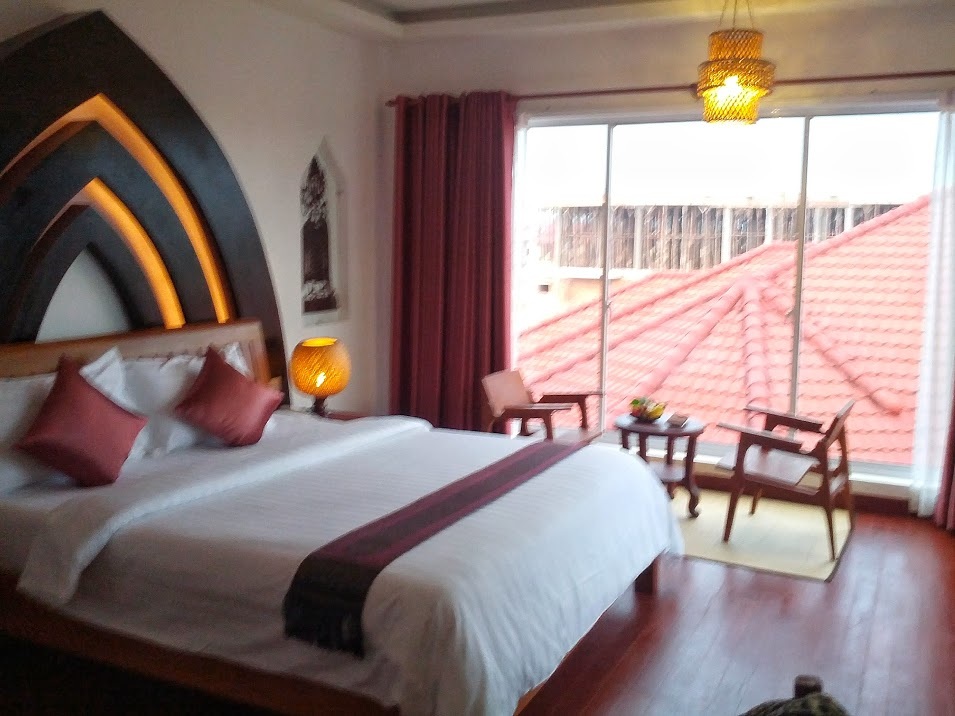
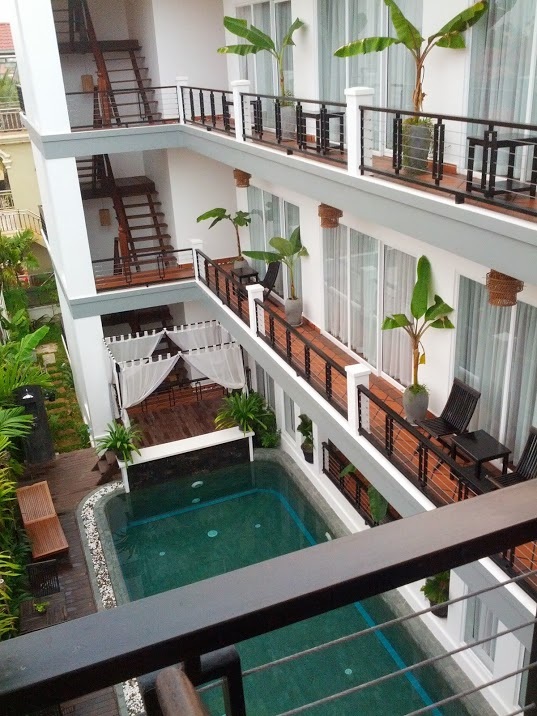
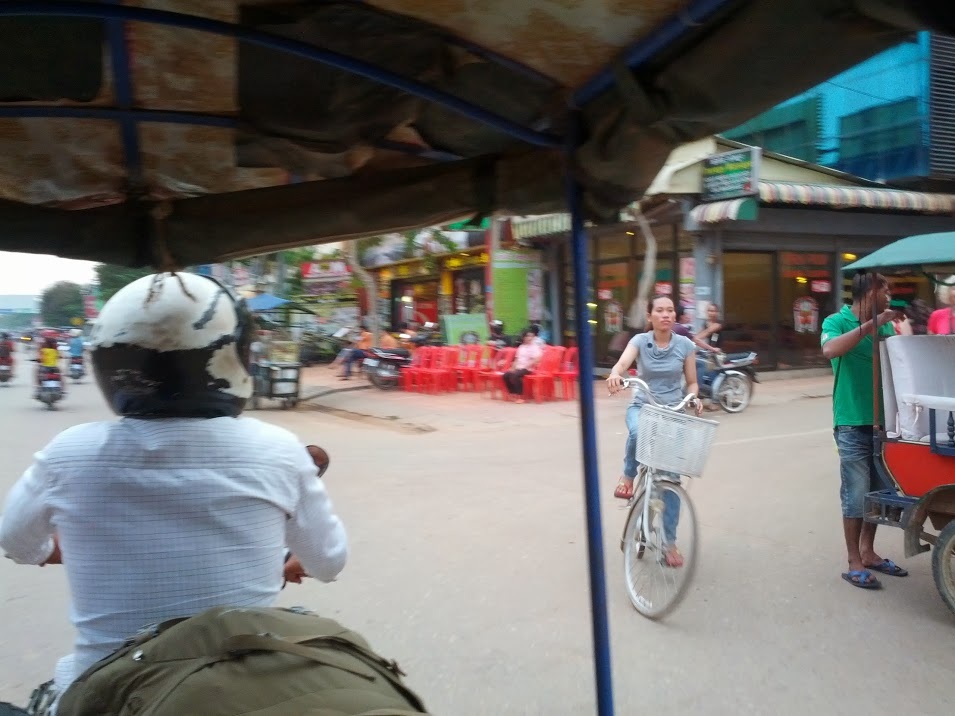

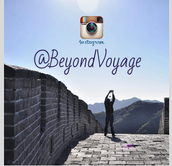
 RSS Feed
RSS Feed
